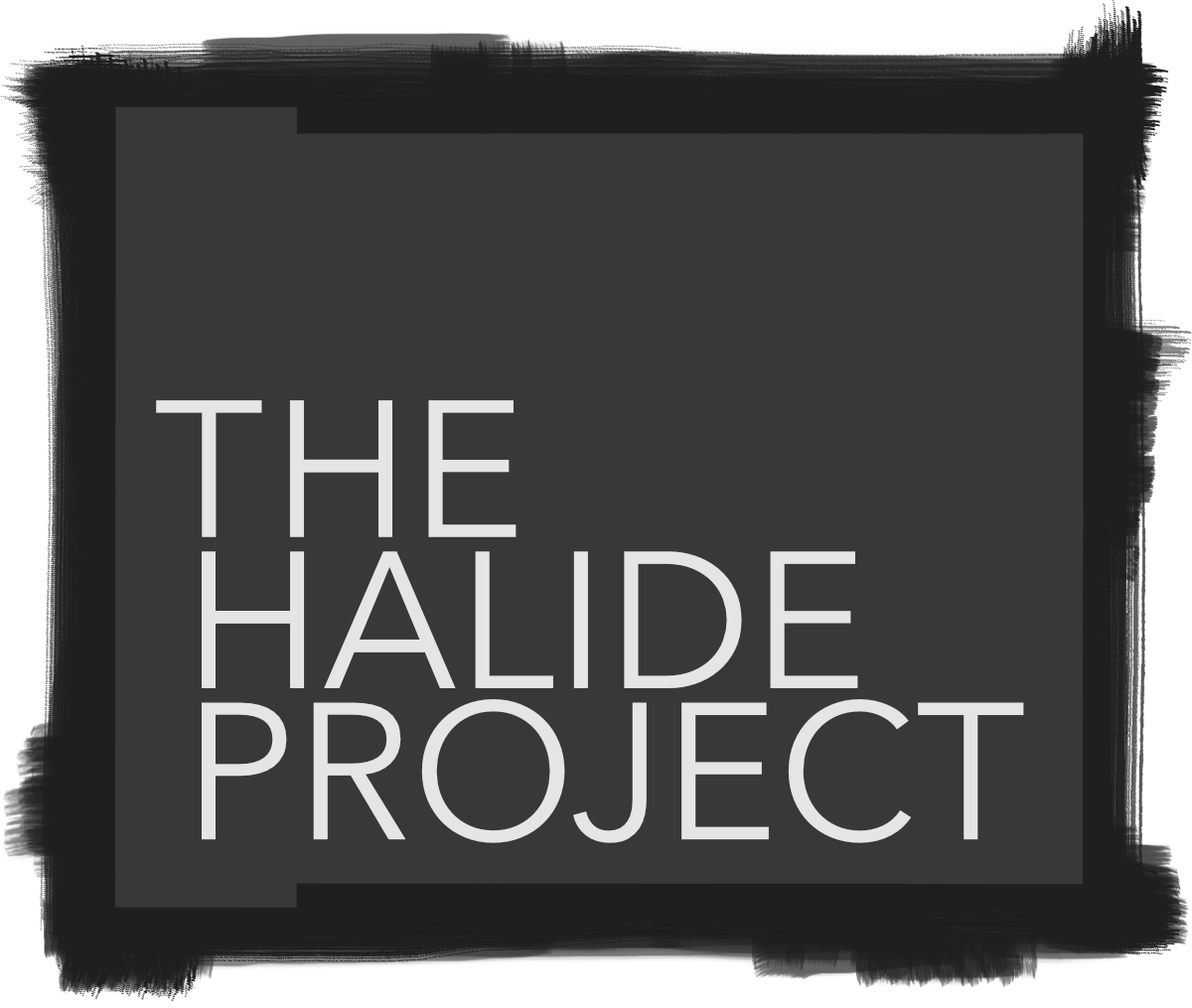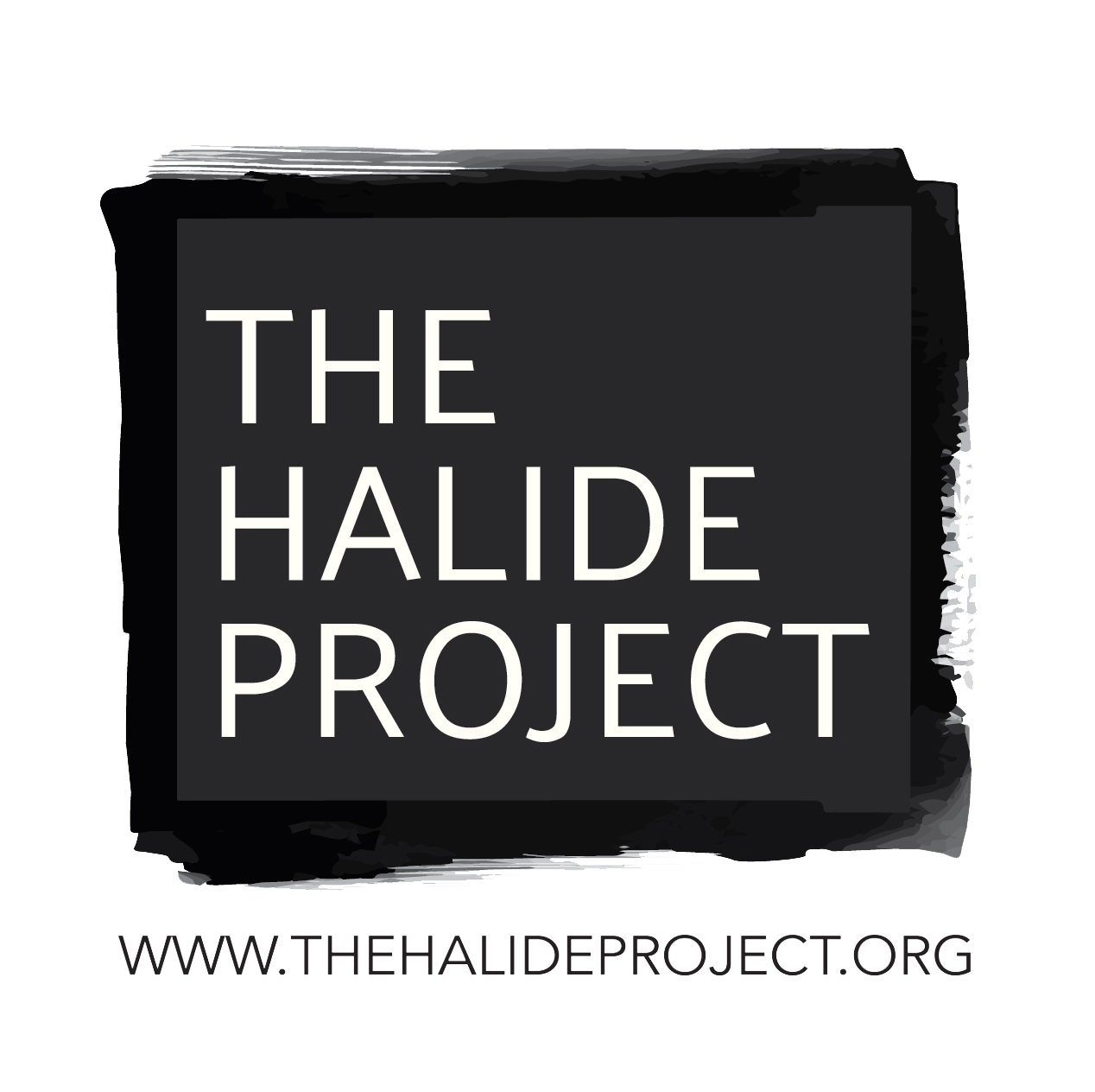Living Image (2016)
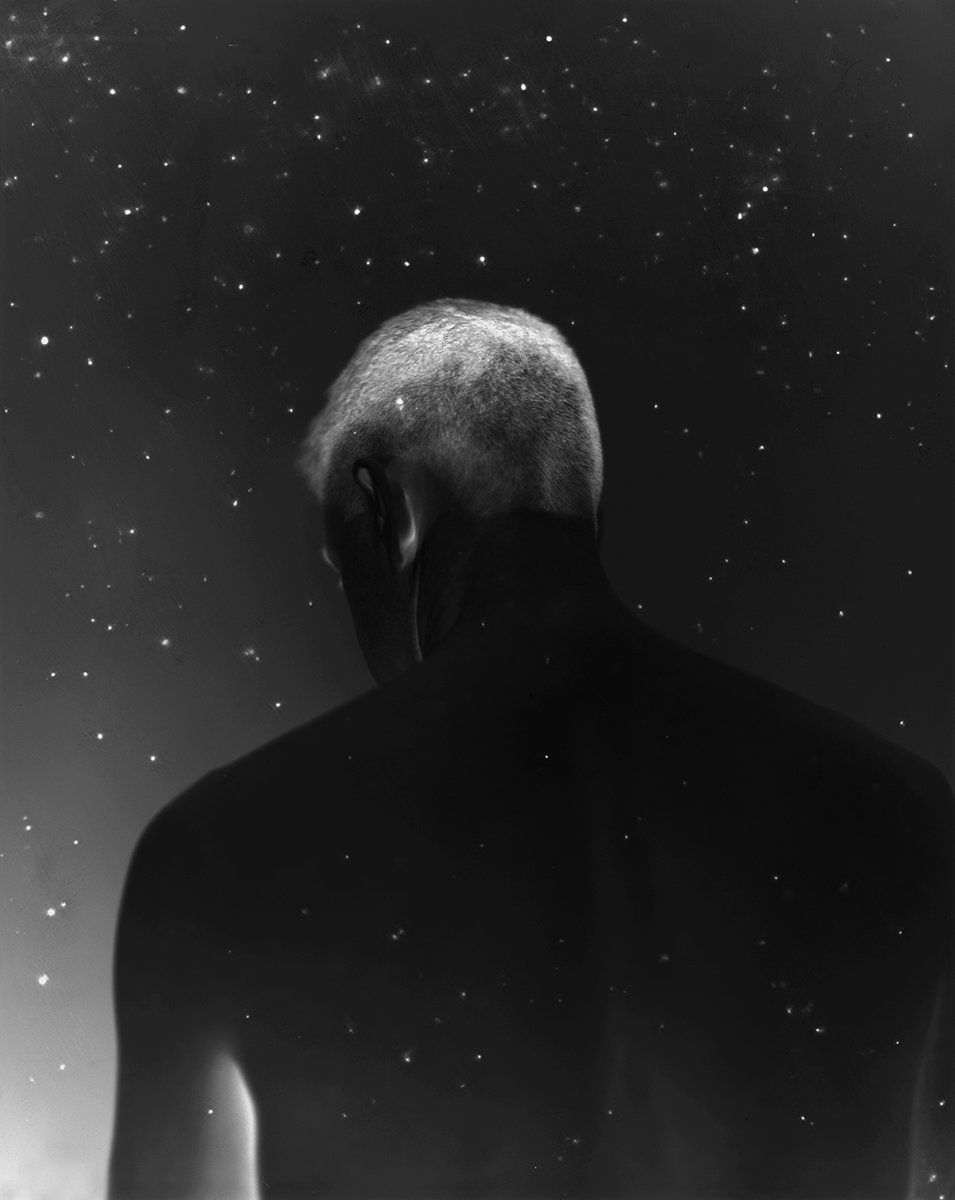
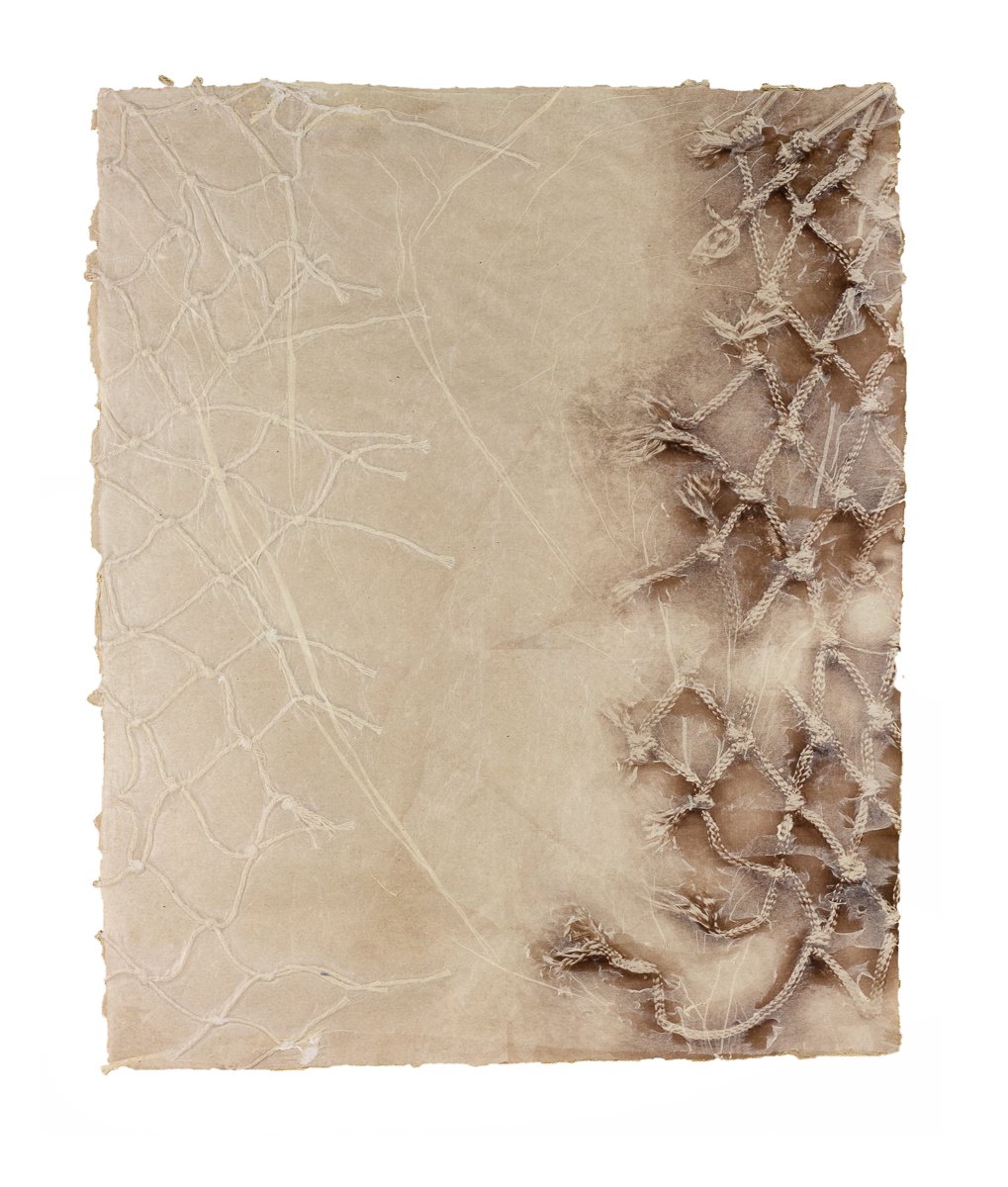
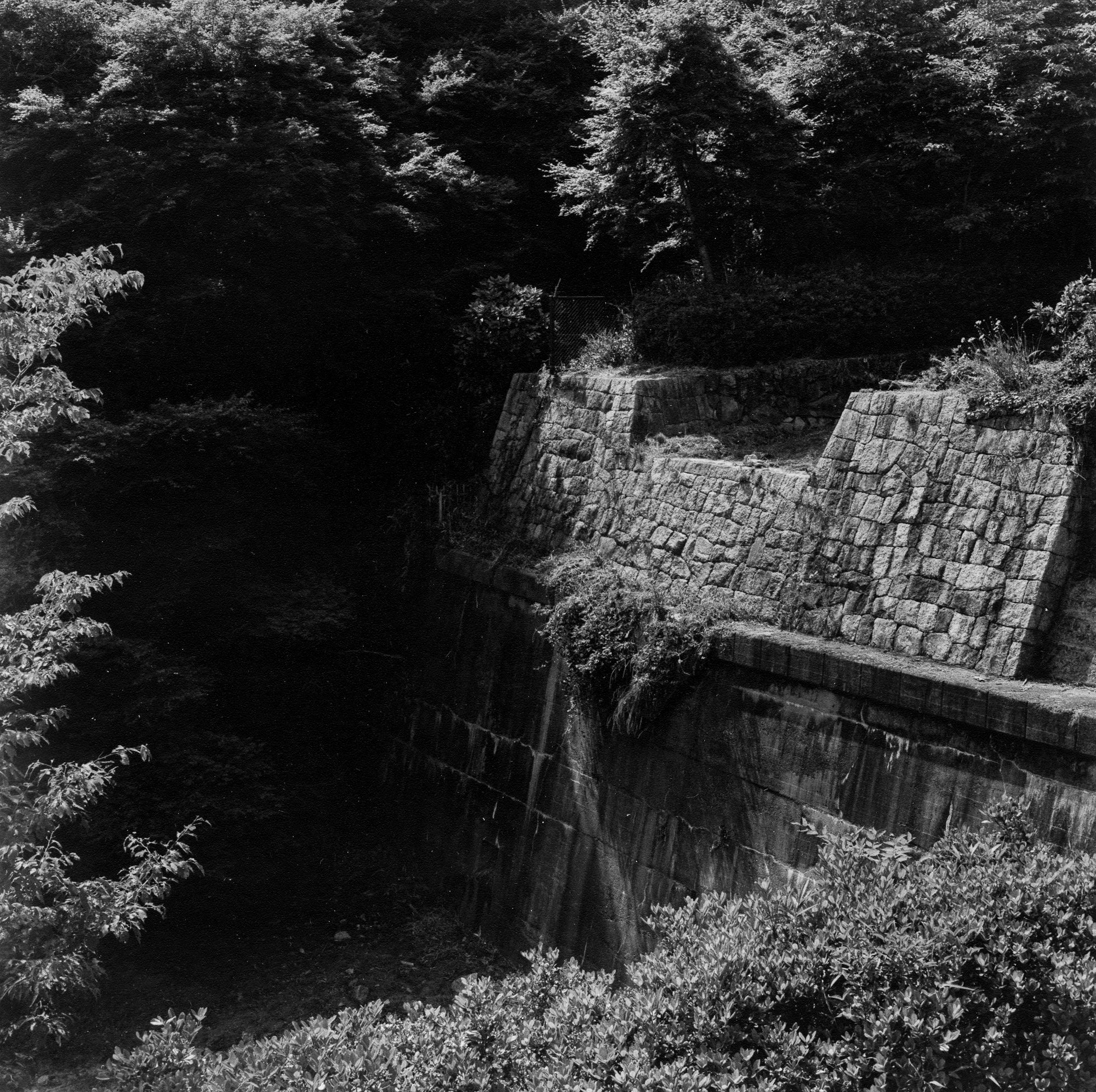
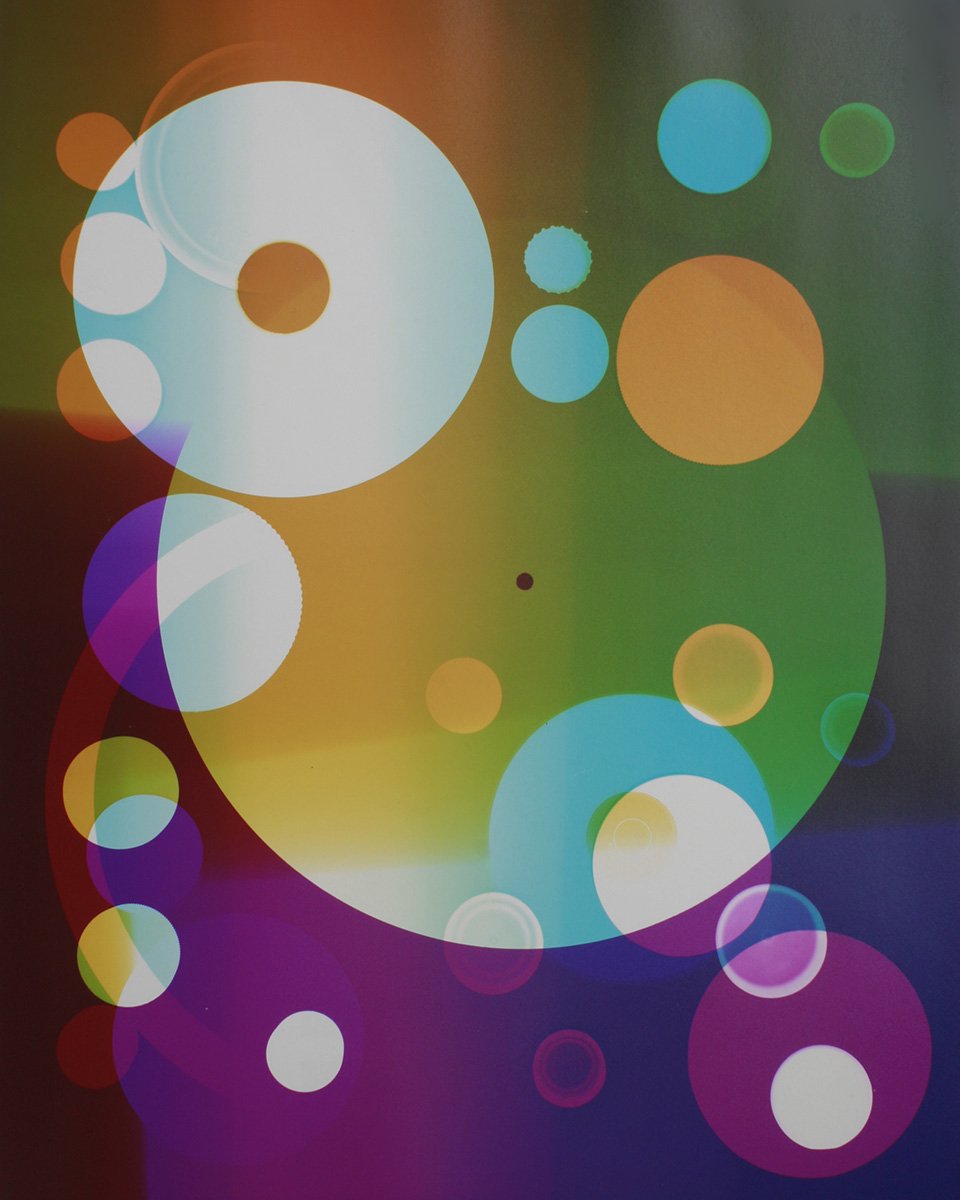
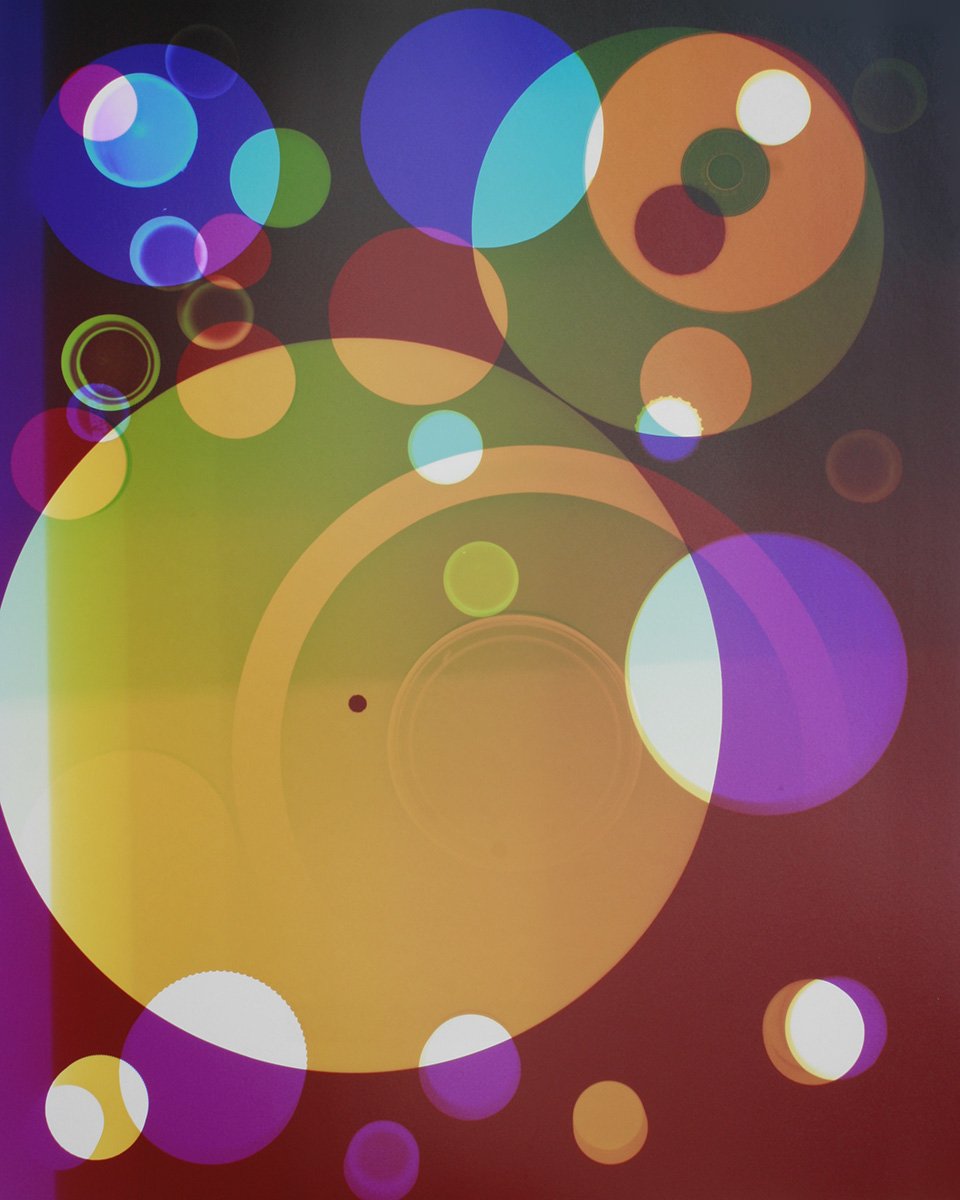



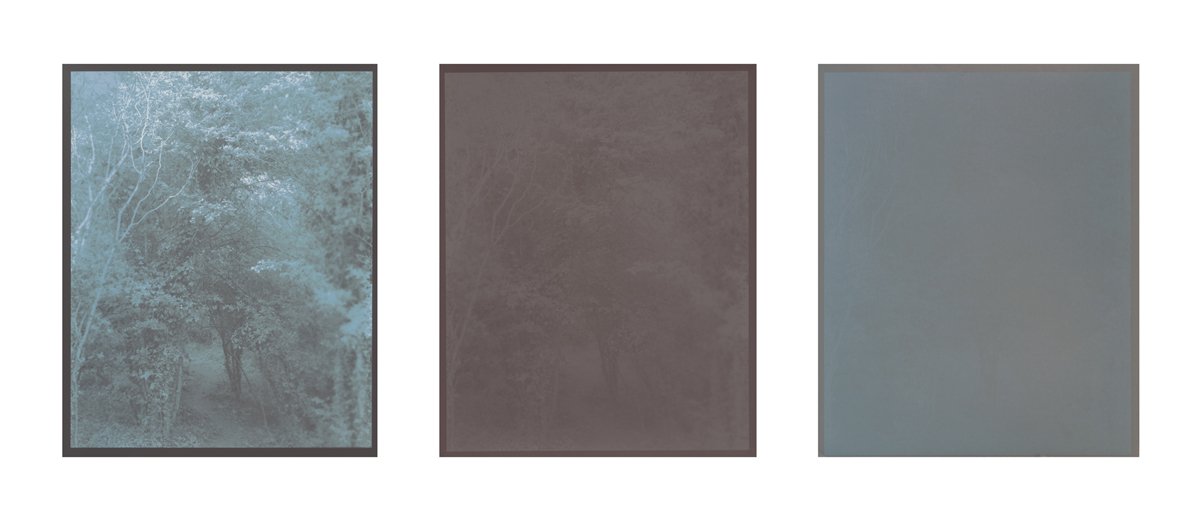

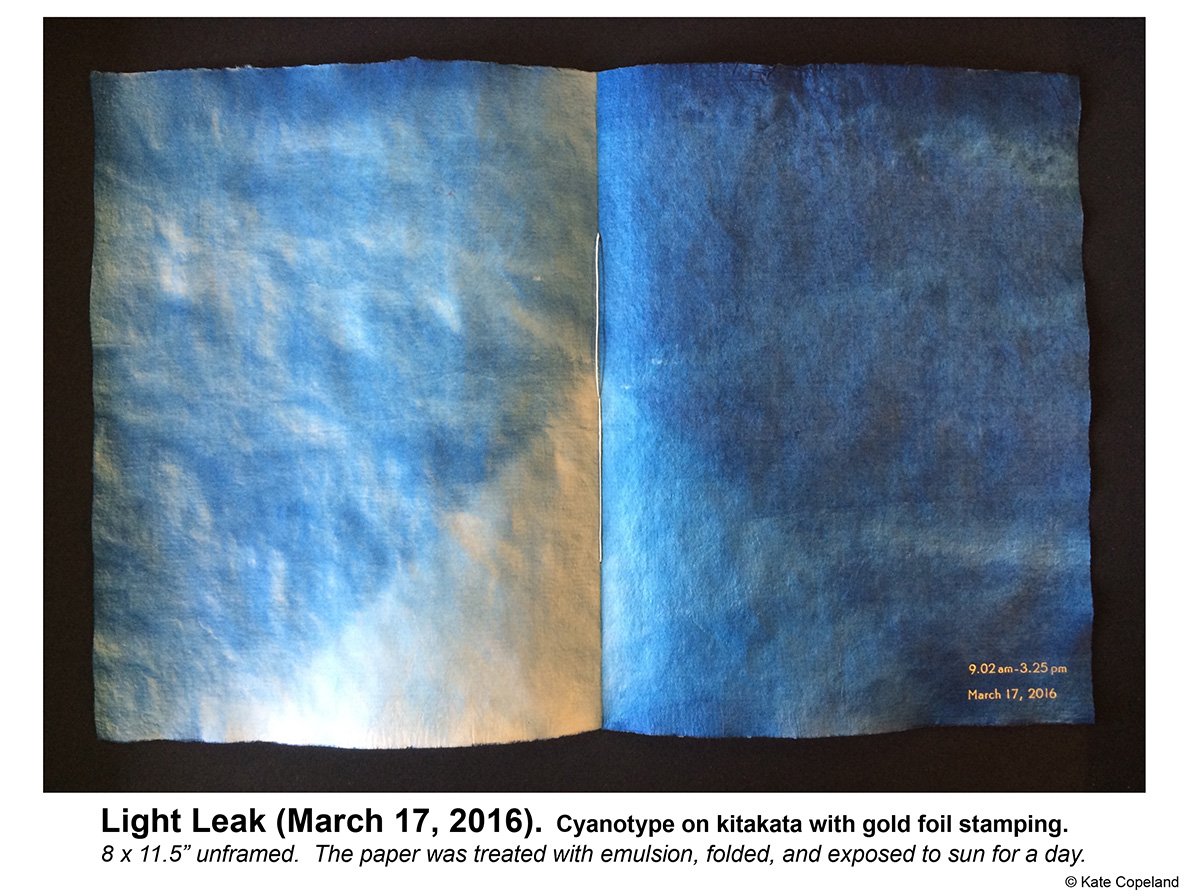

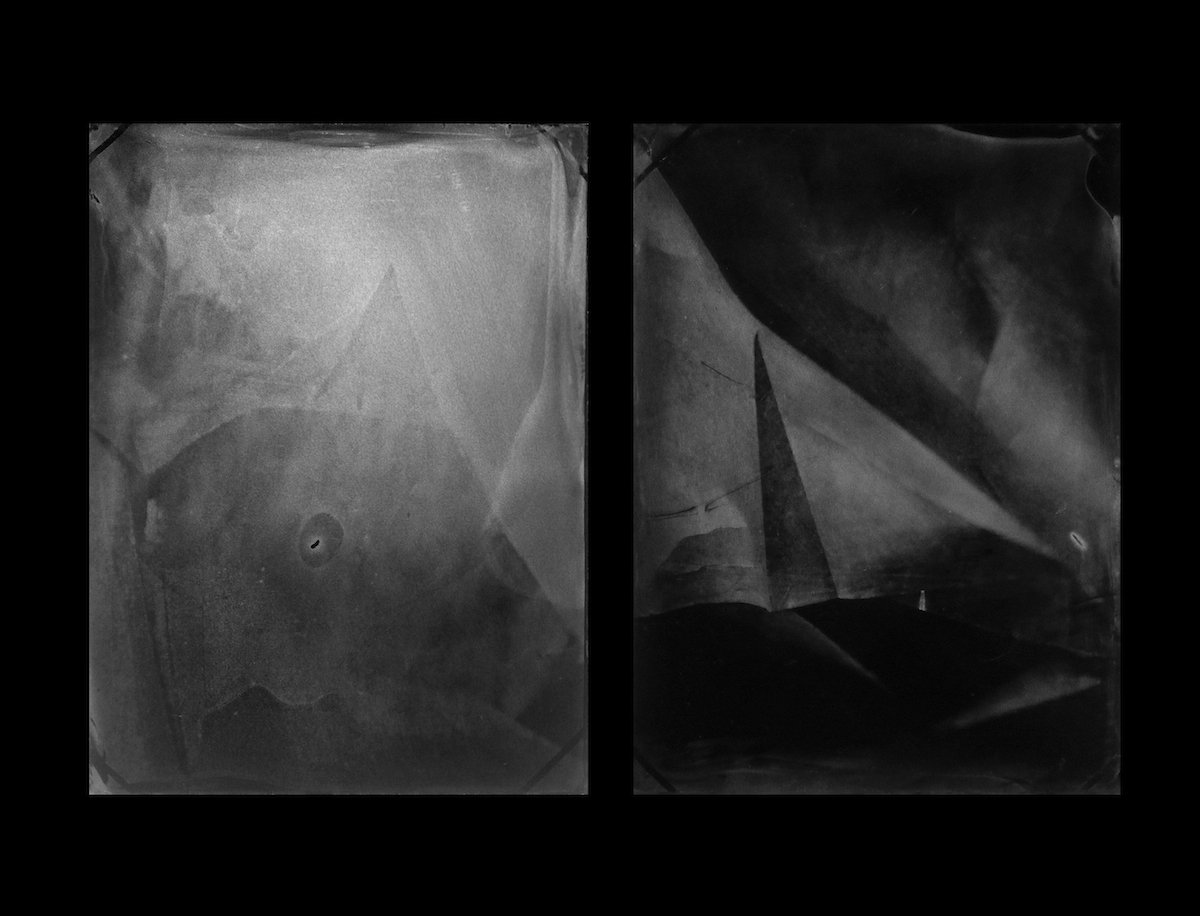
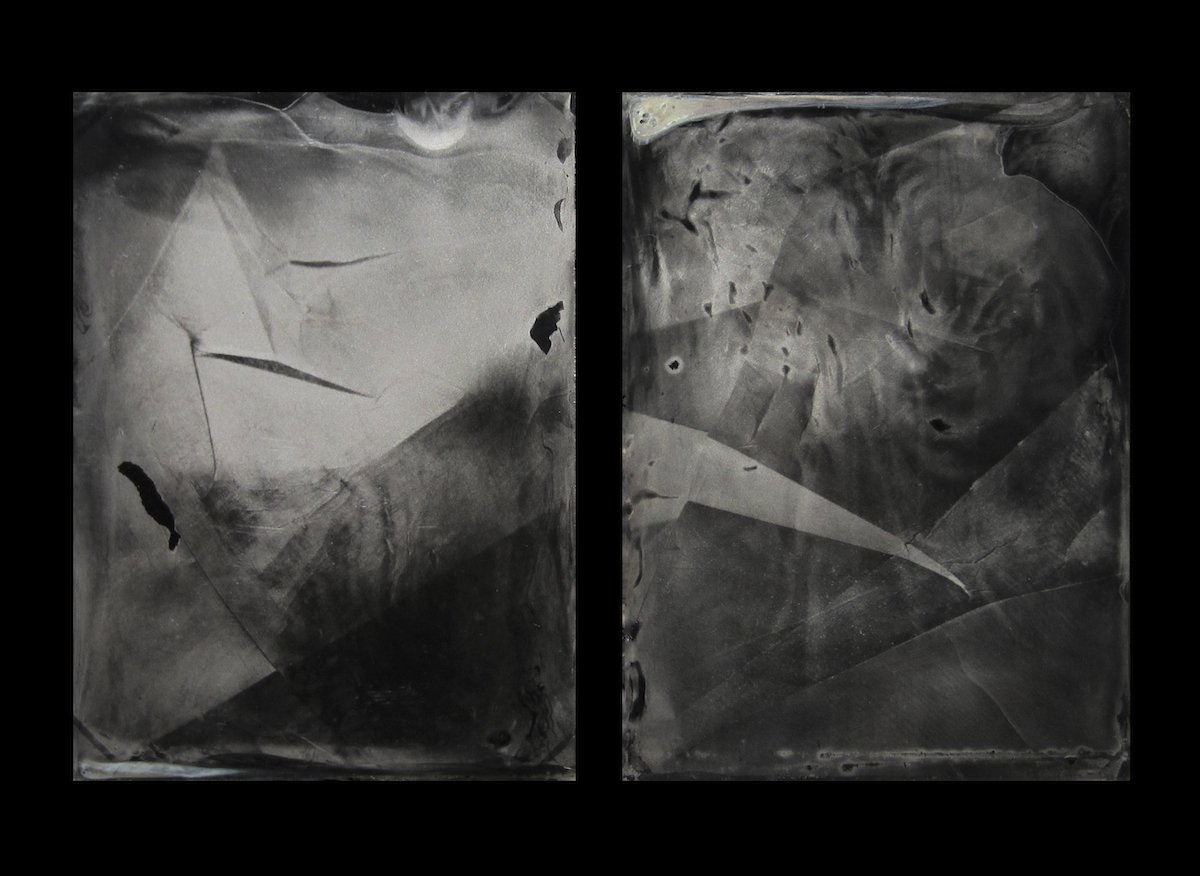




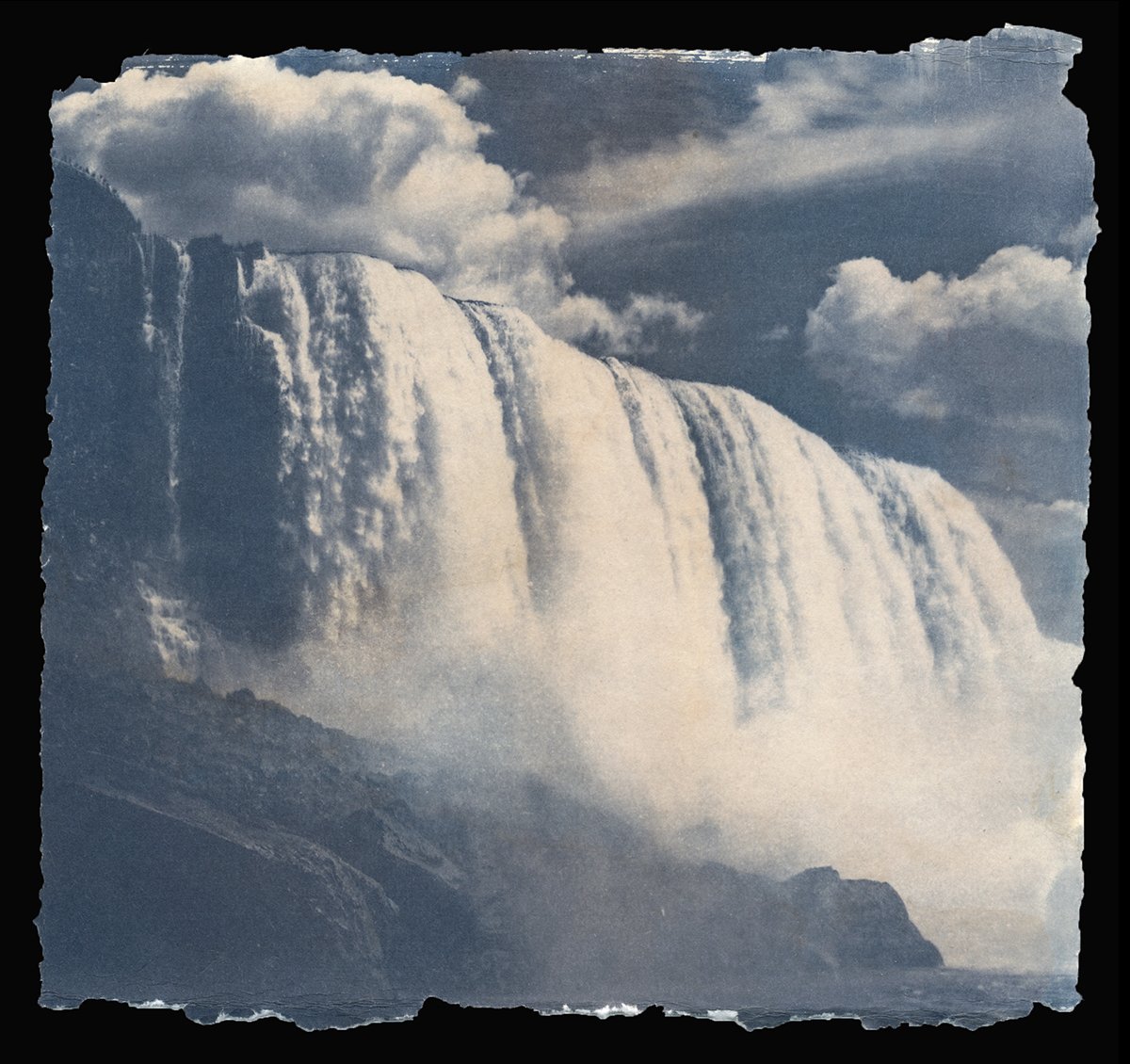
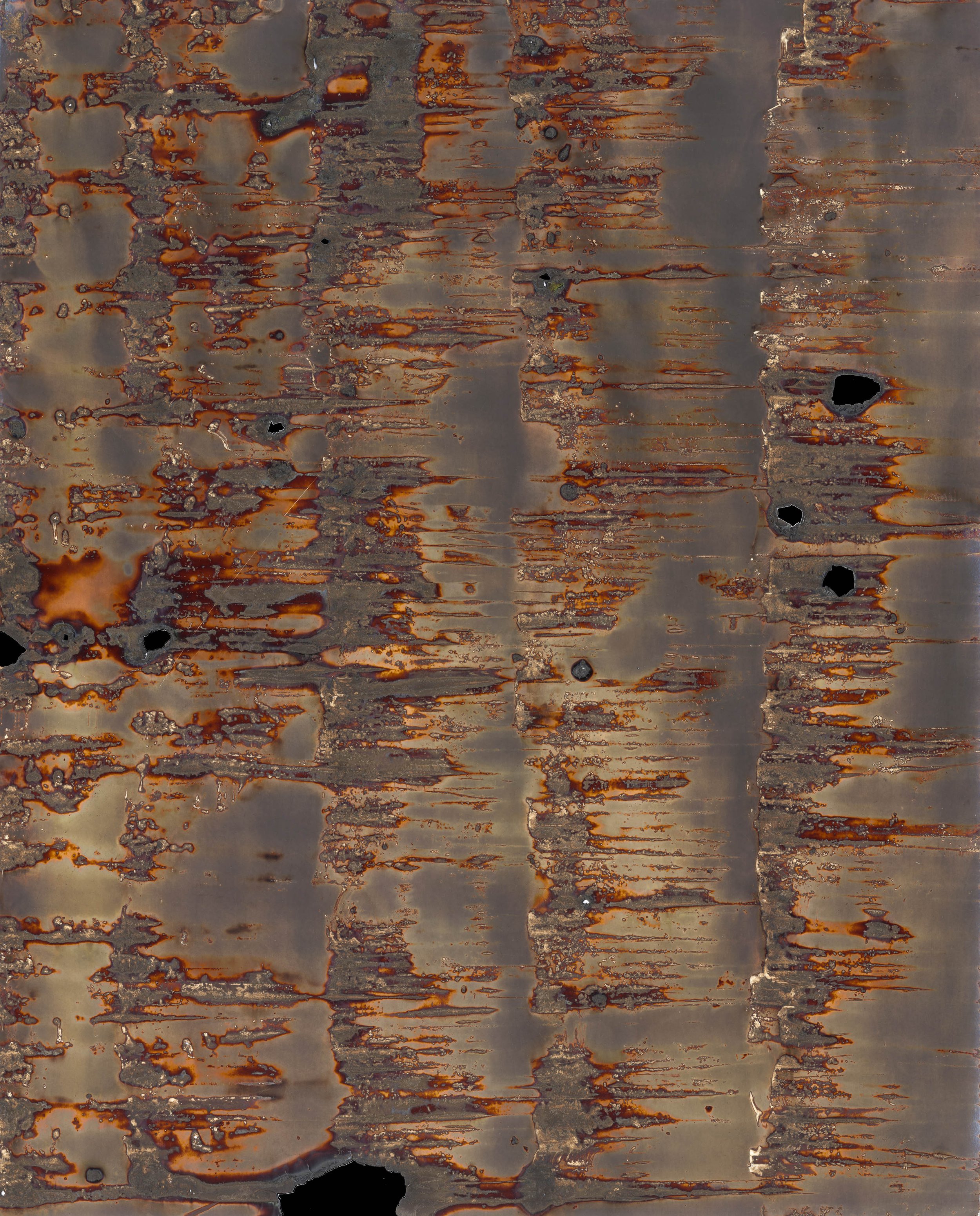
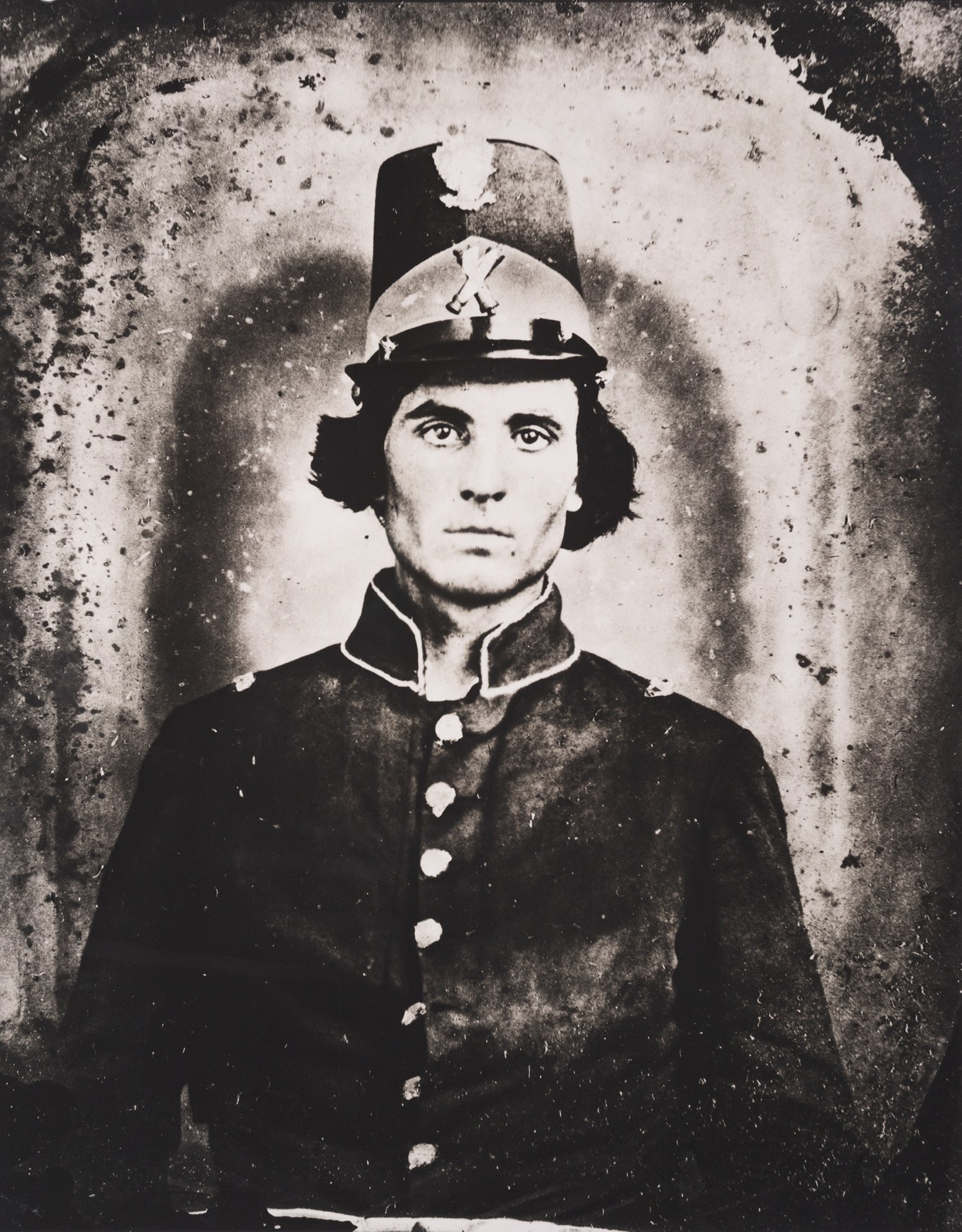
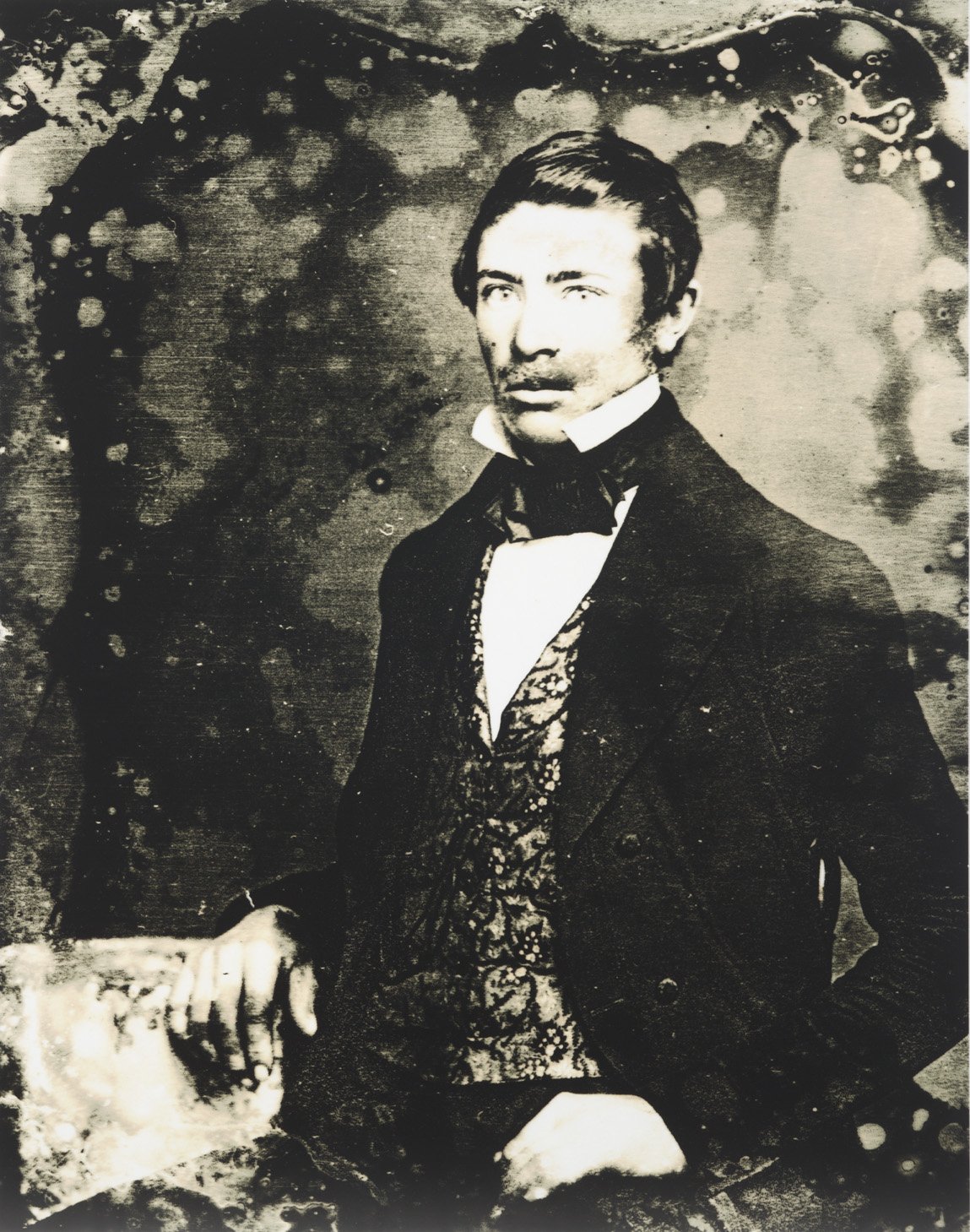
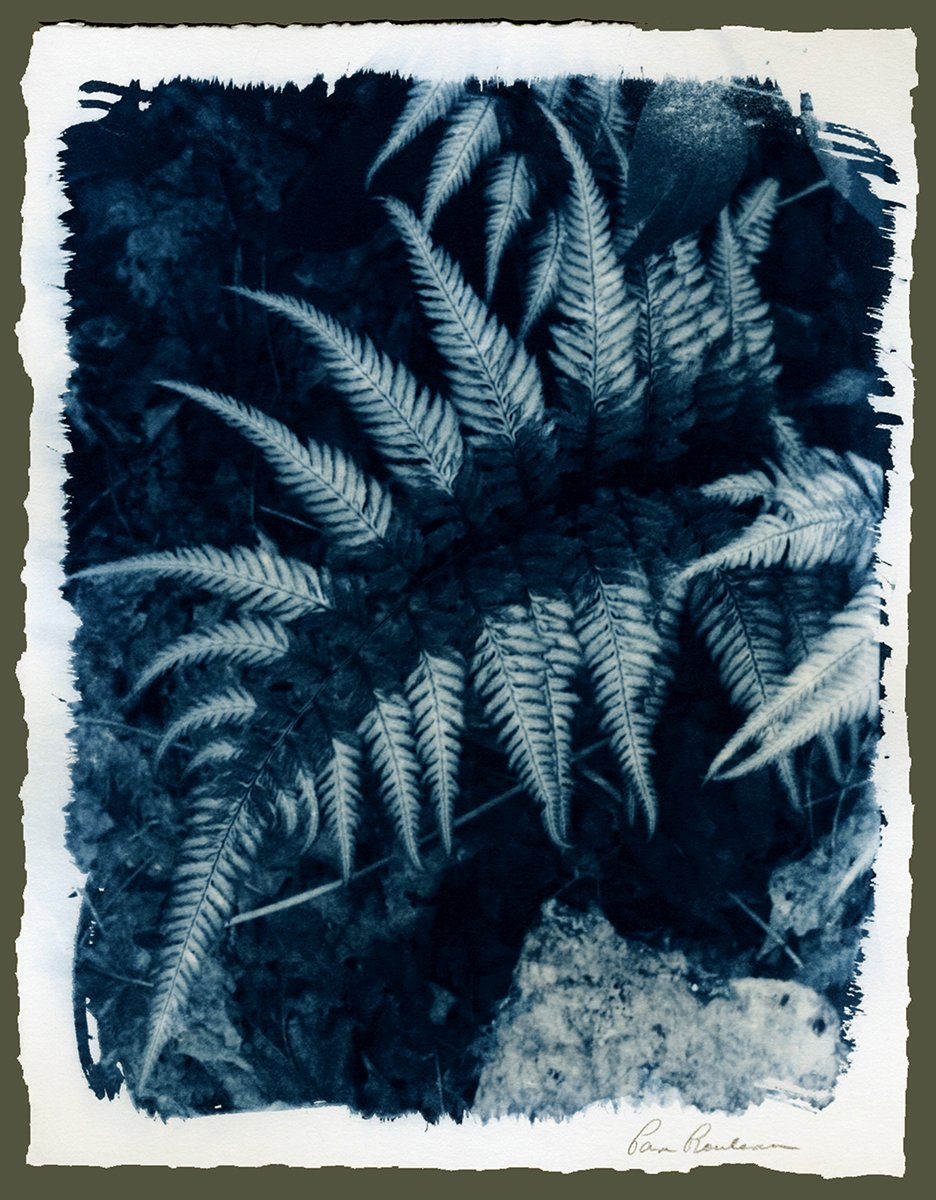
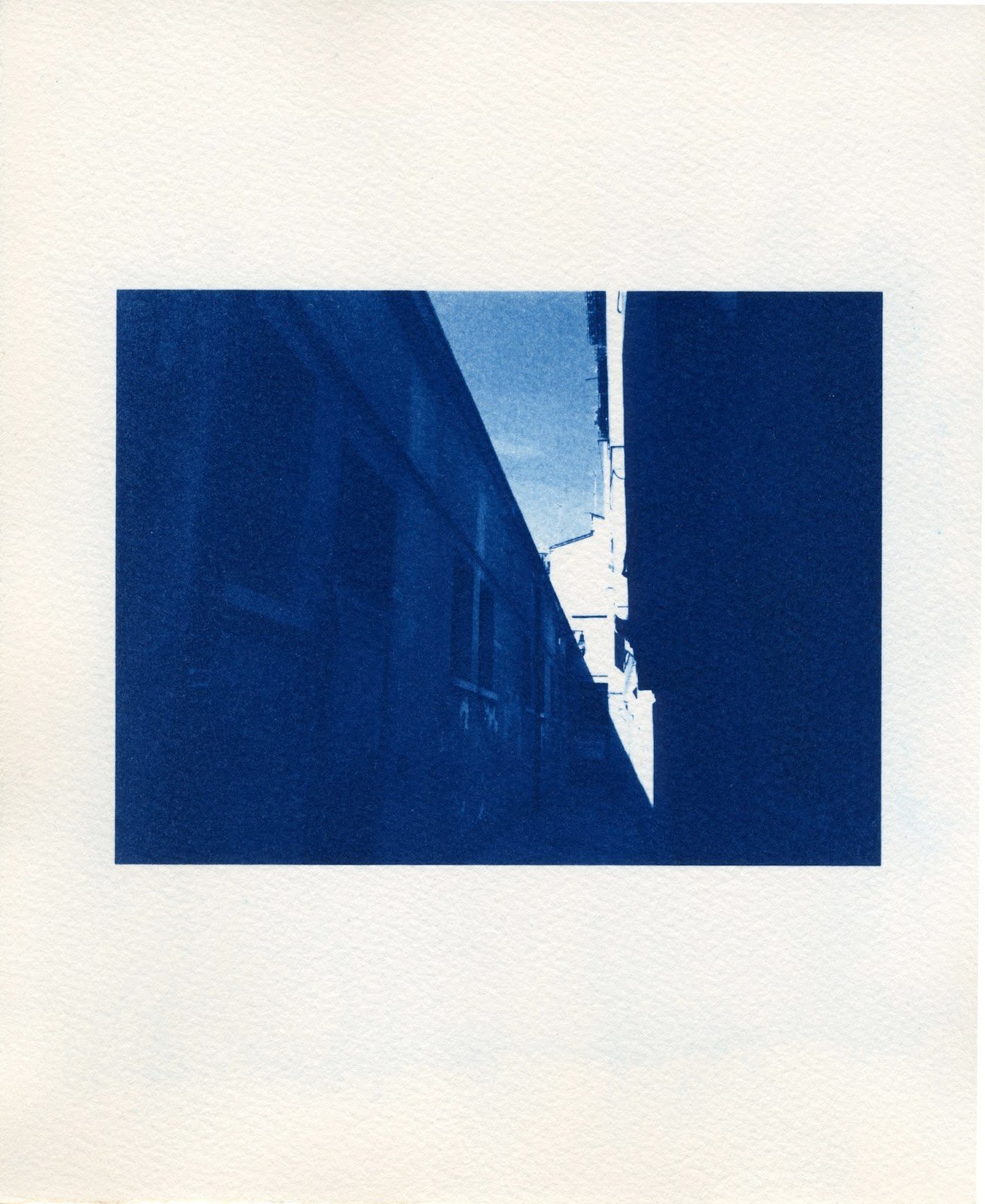
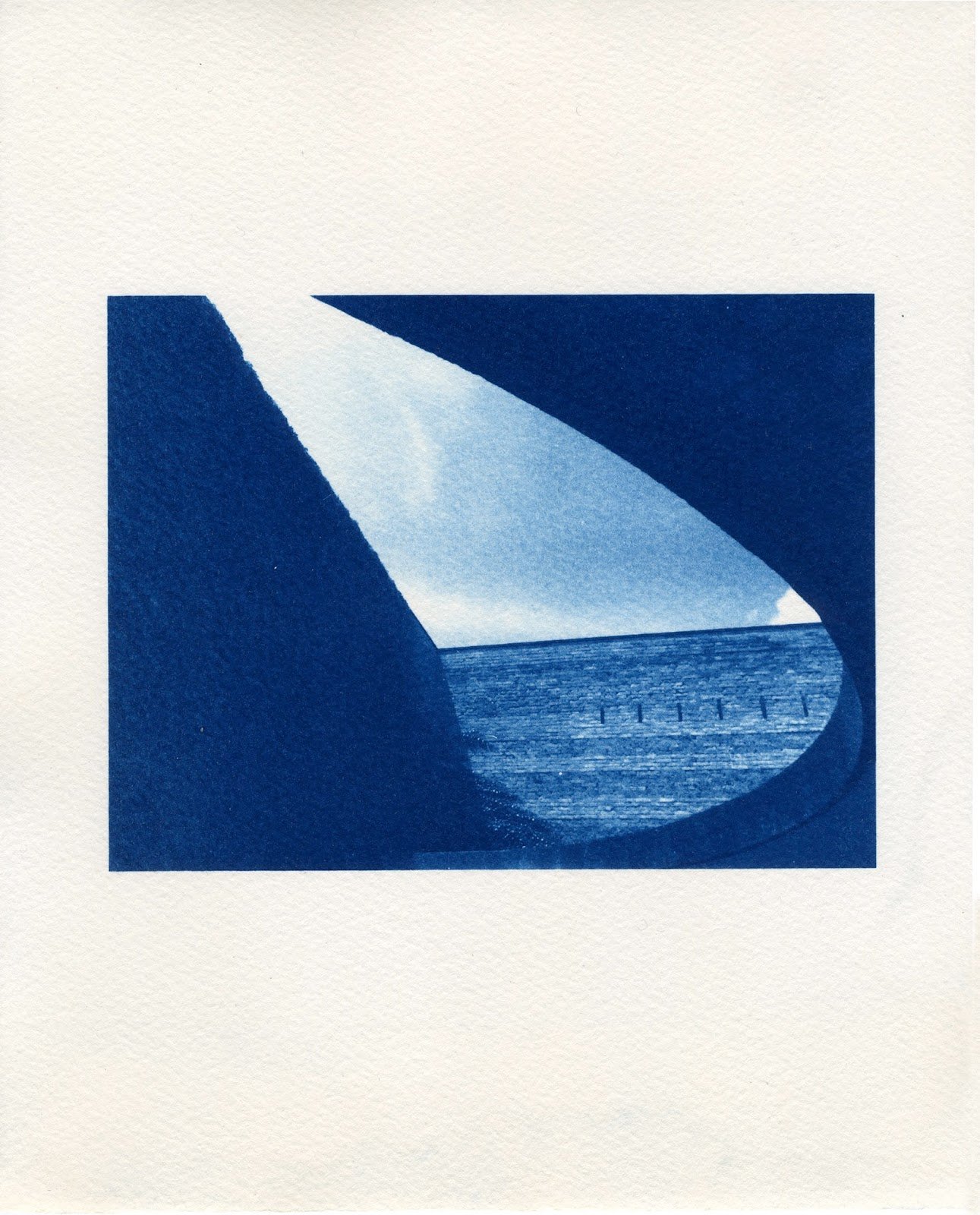
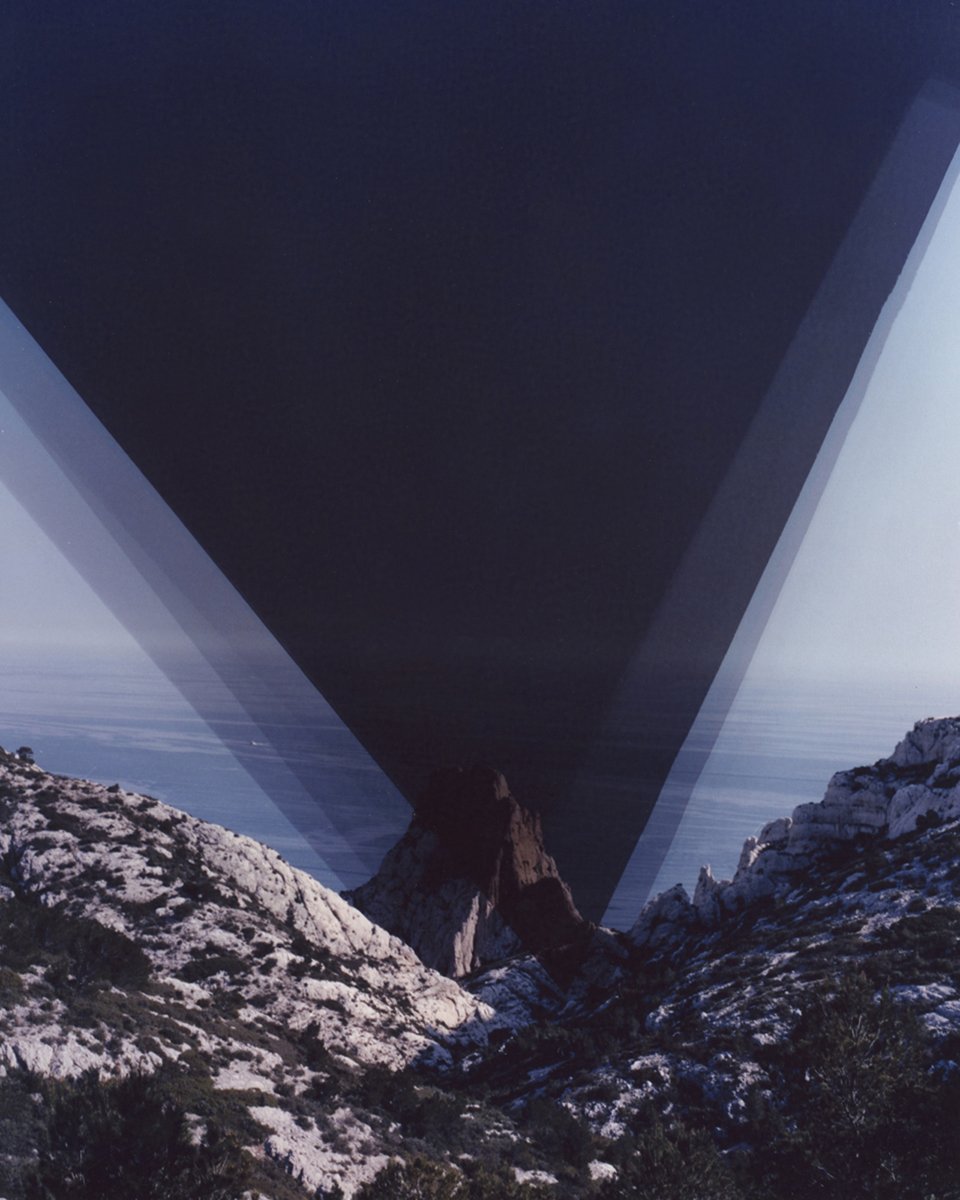

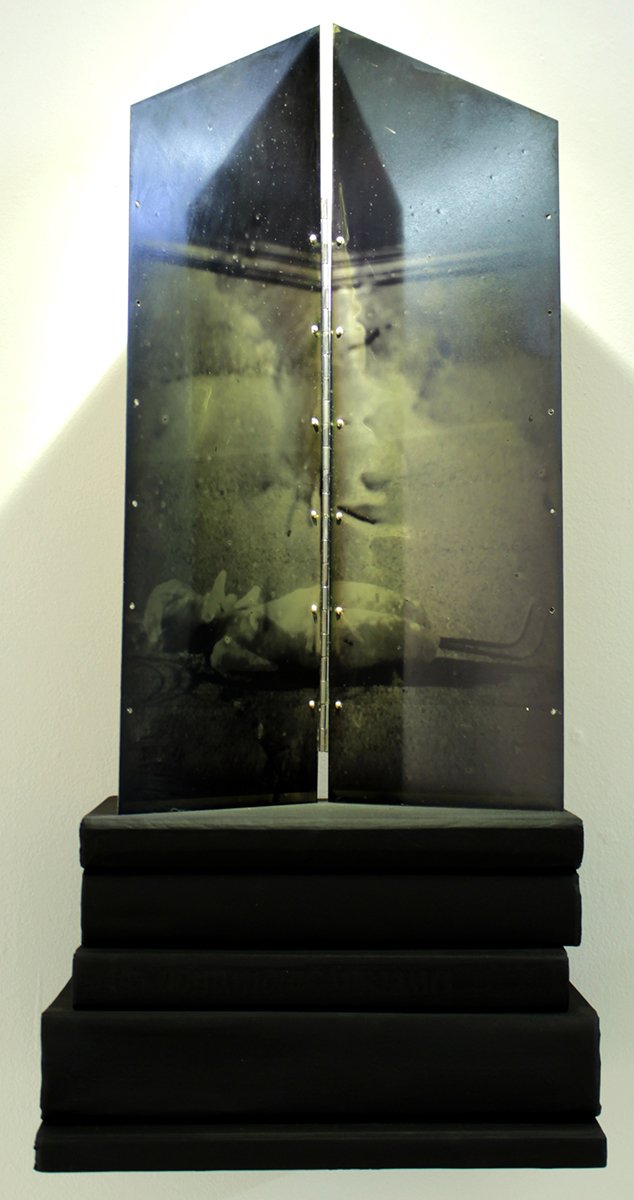
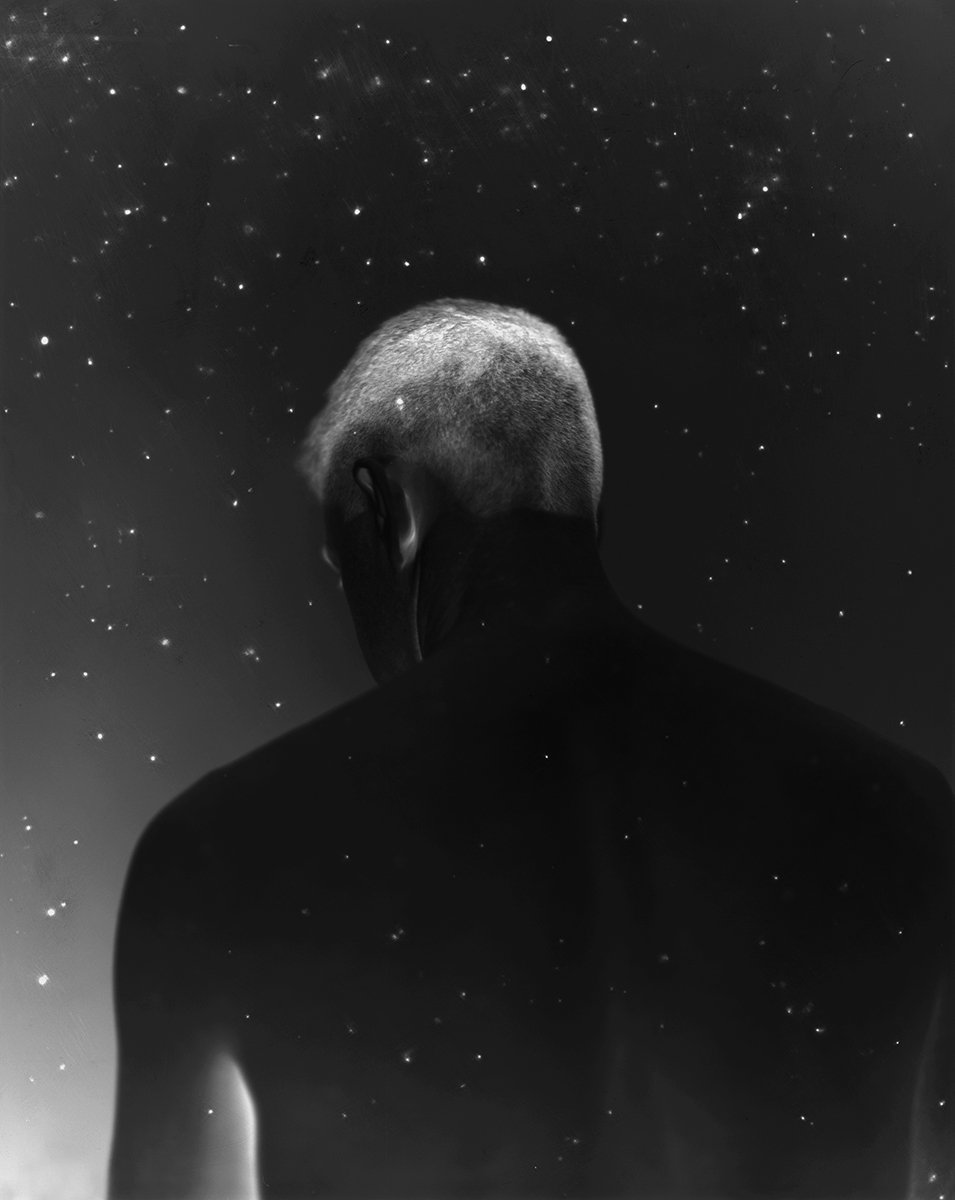

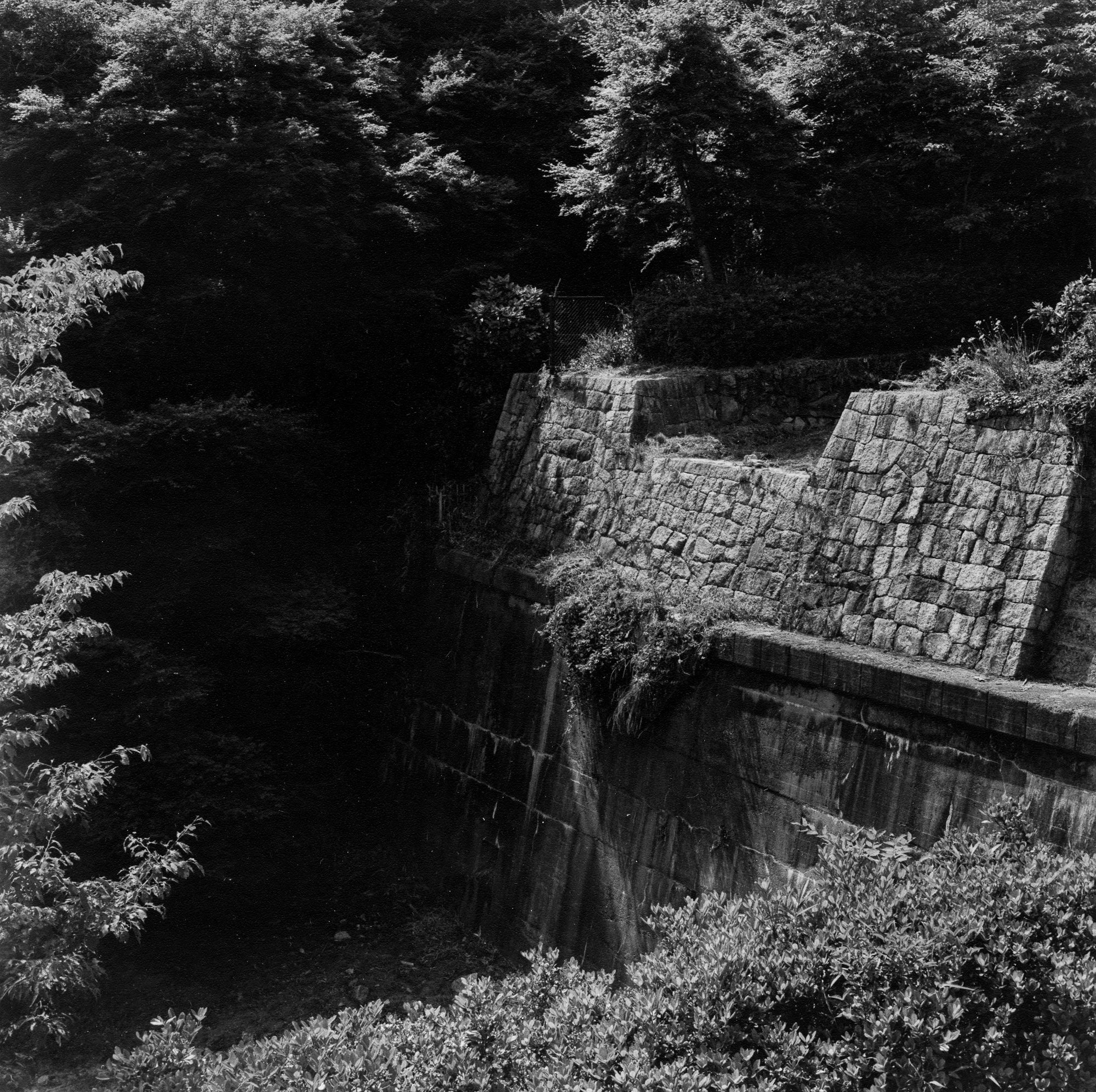
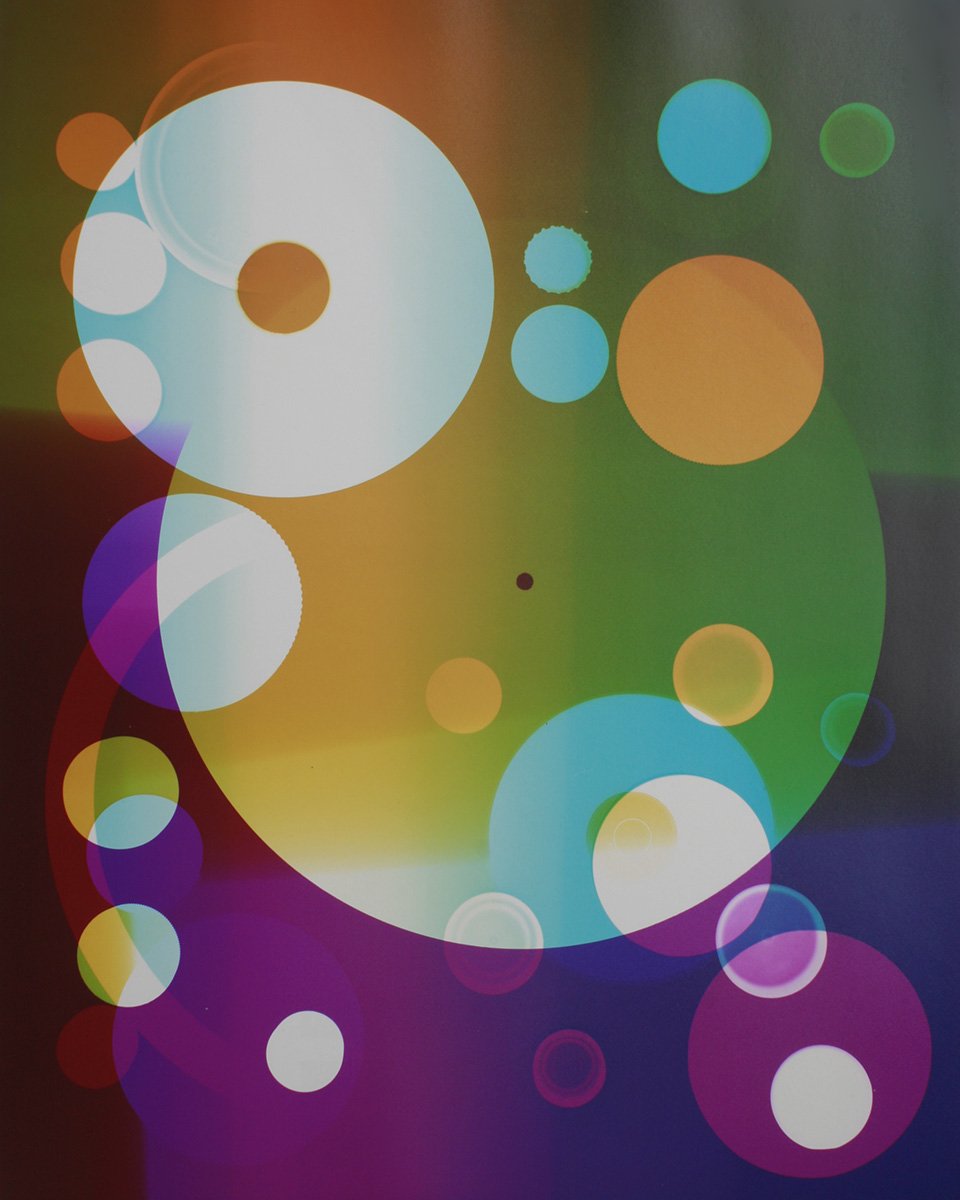
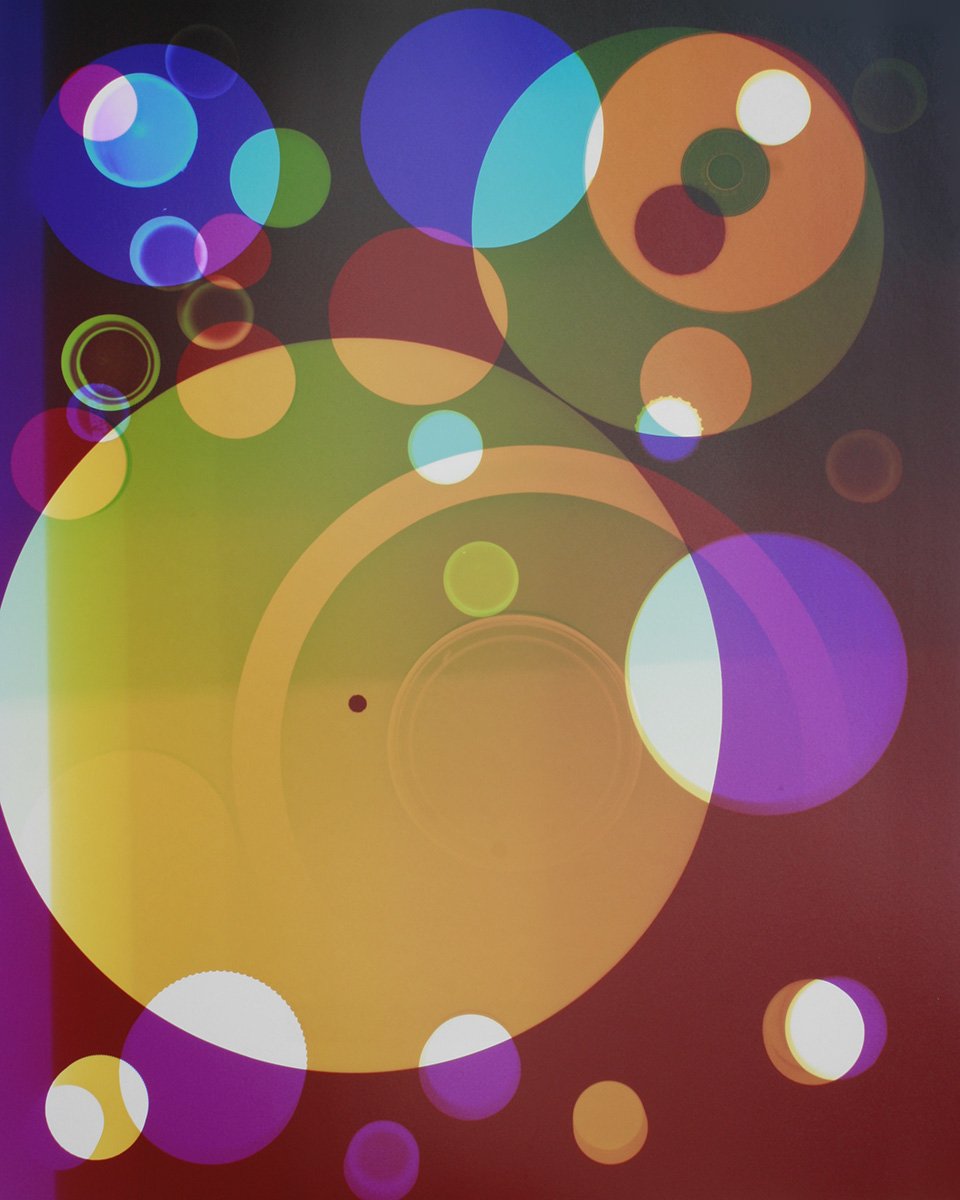
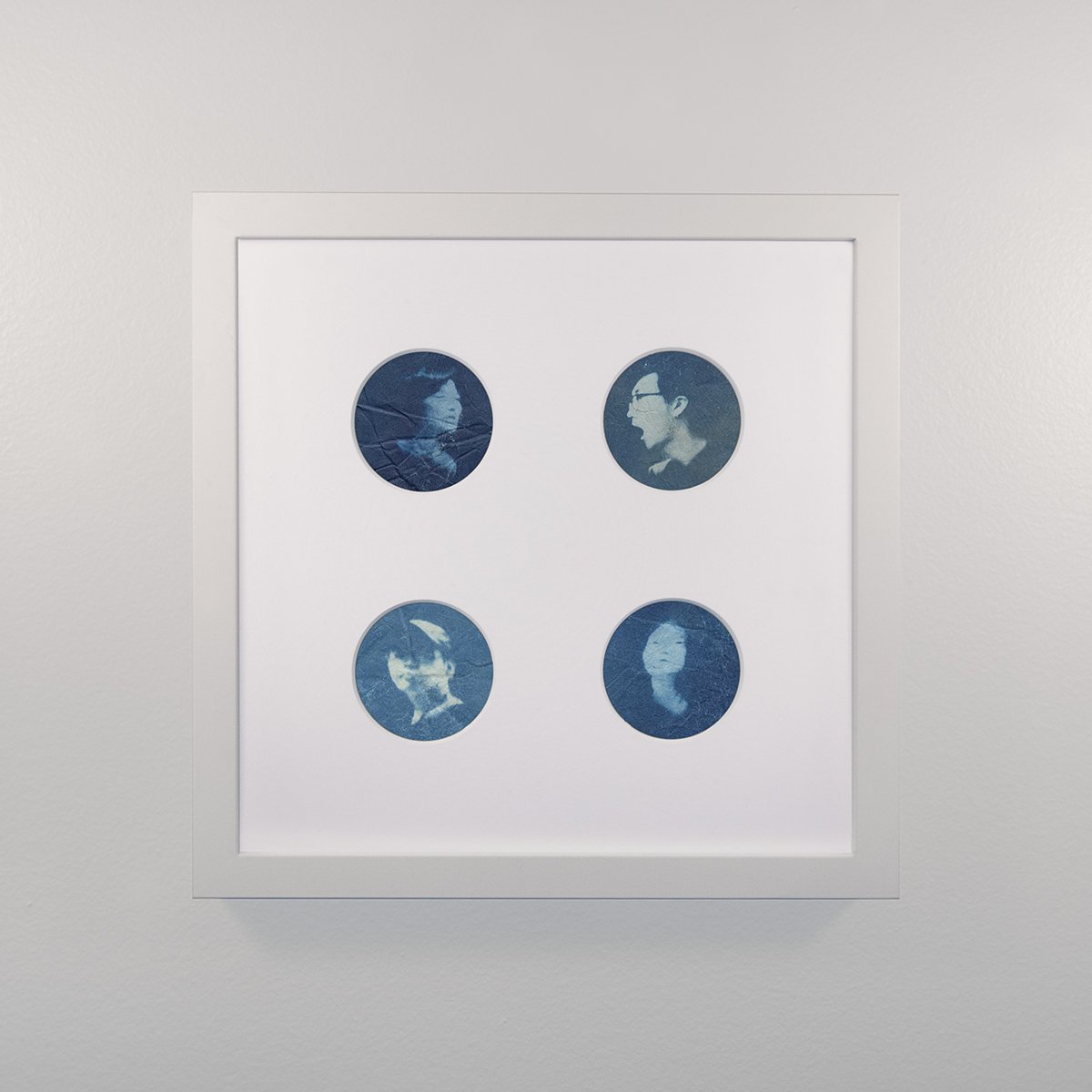
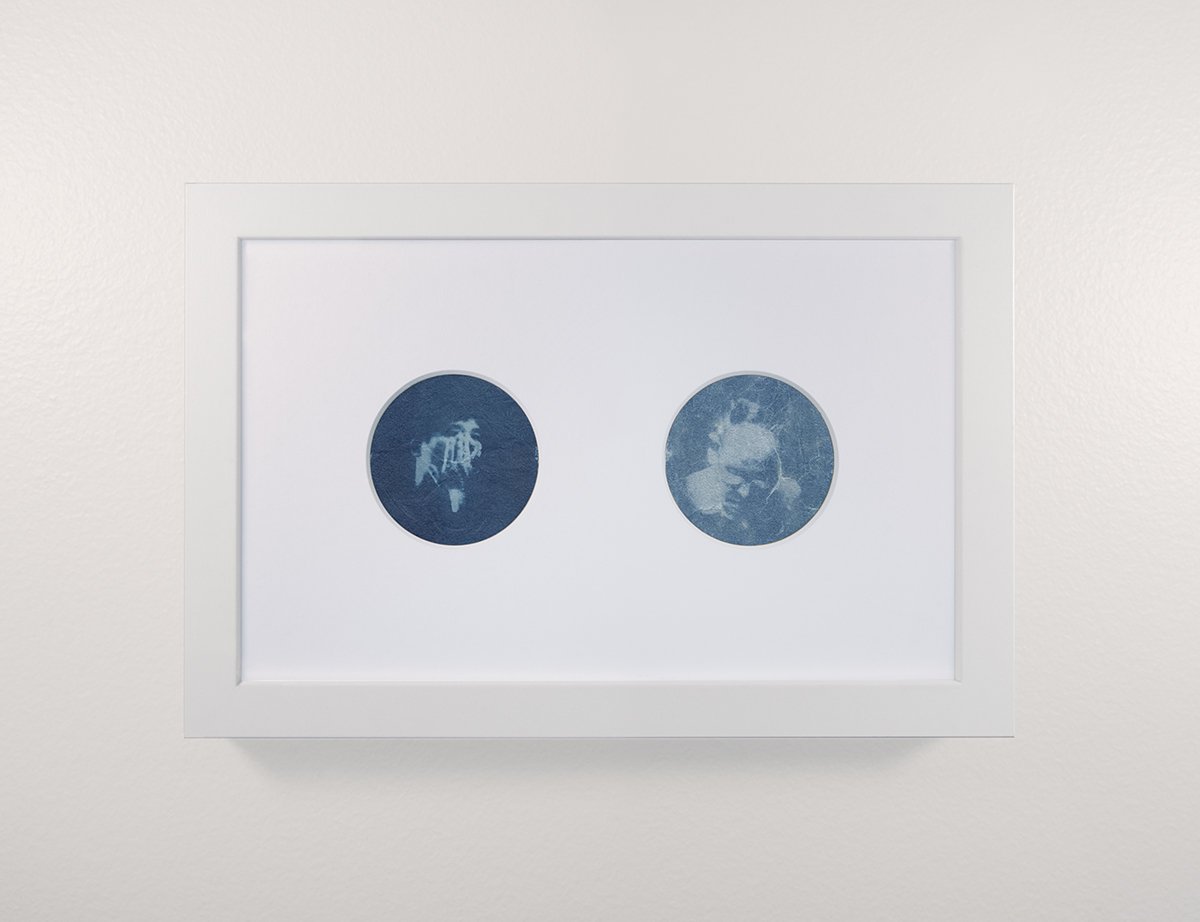

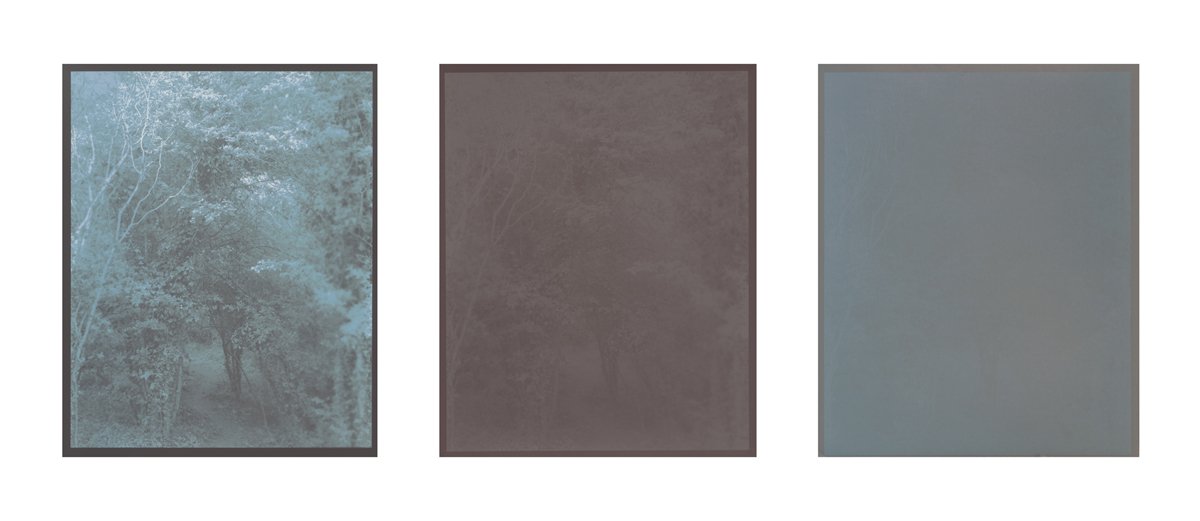


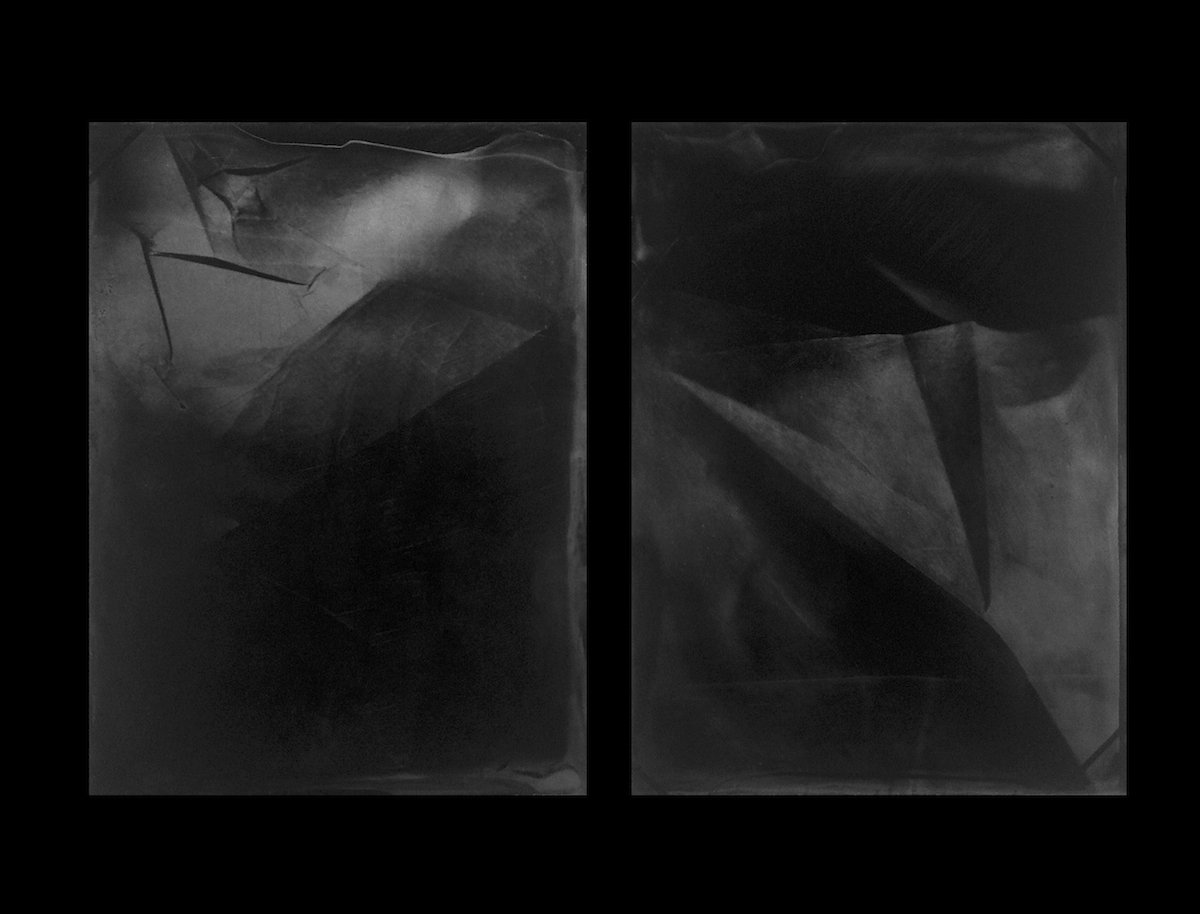

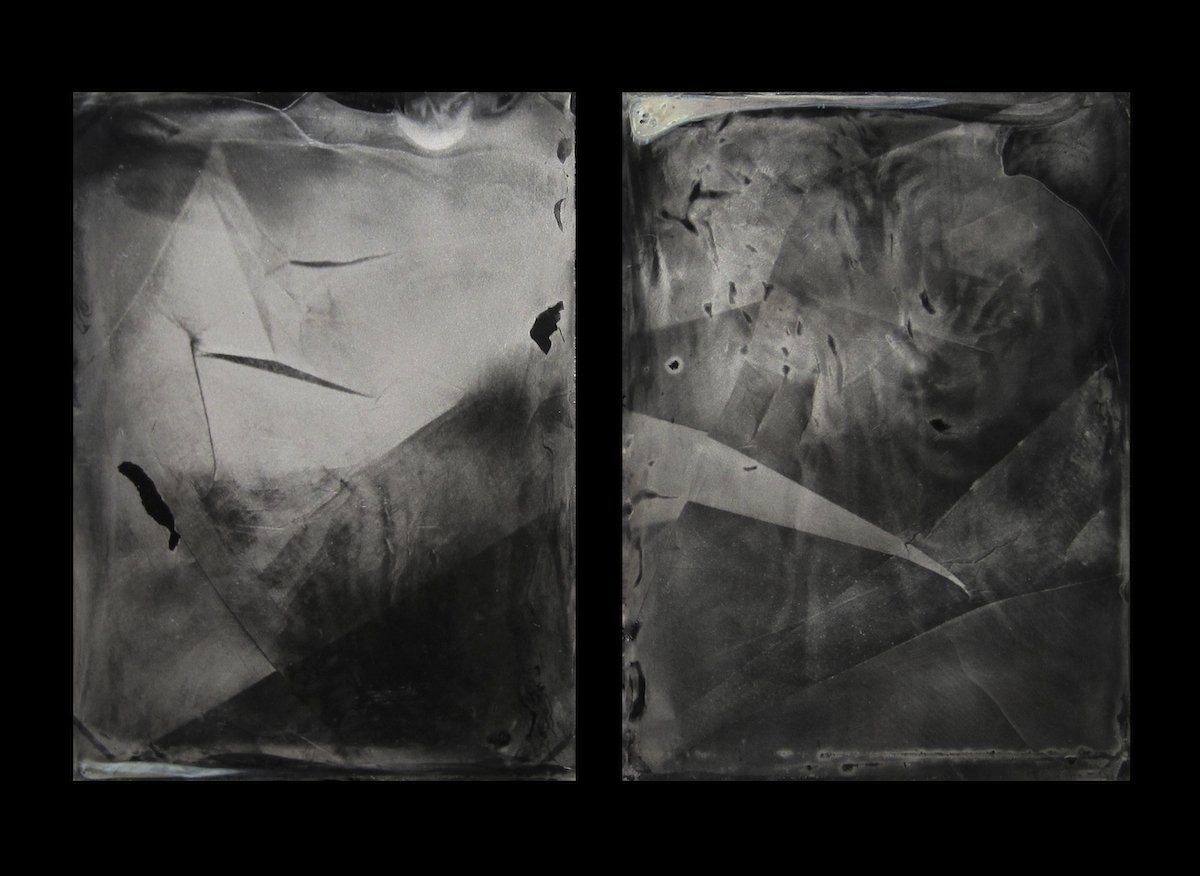

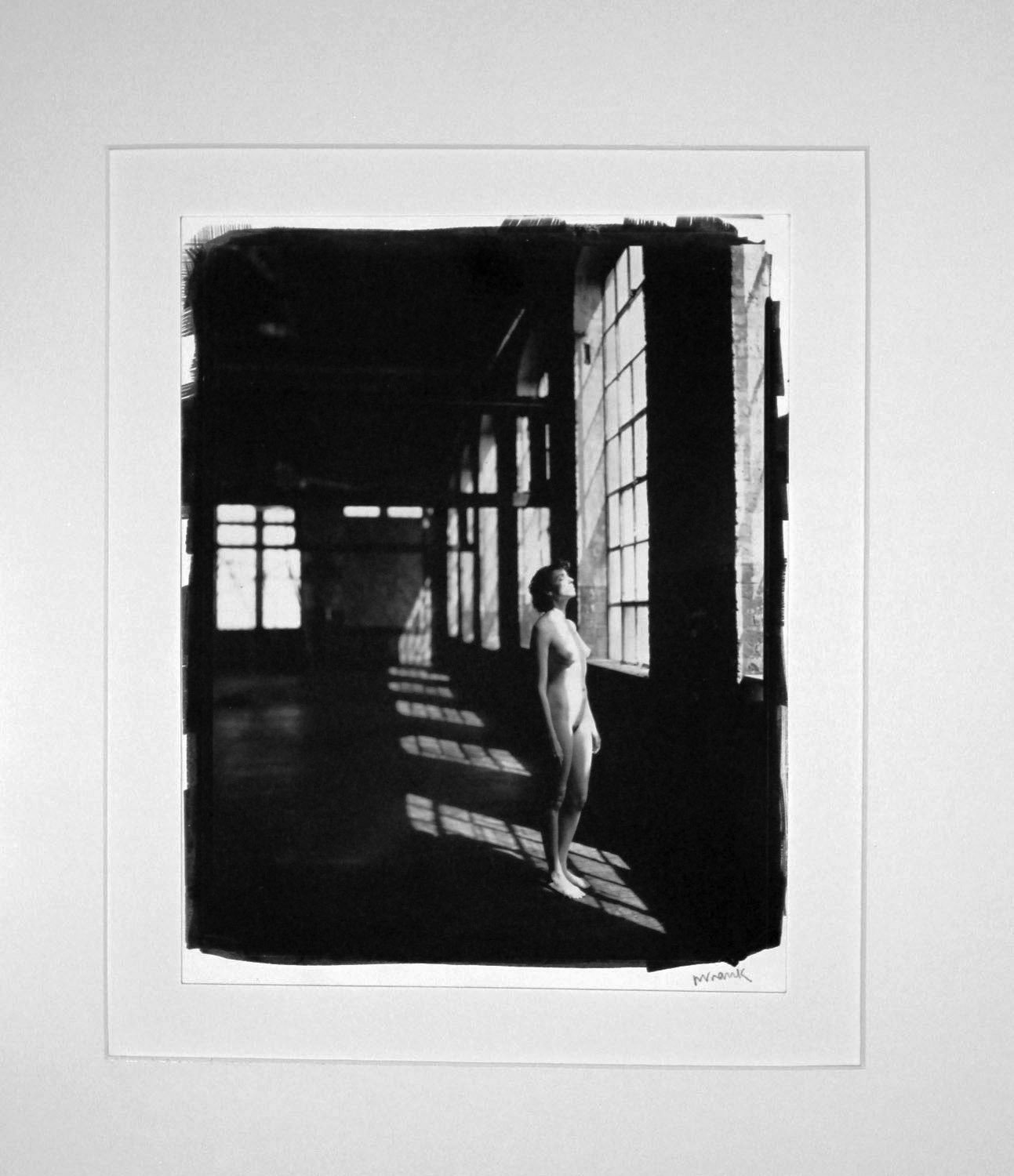

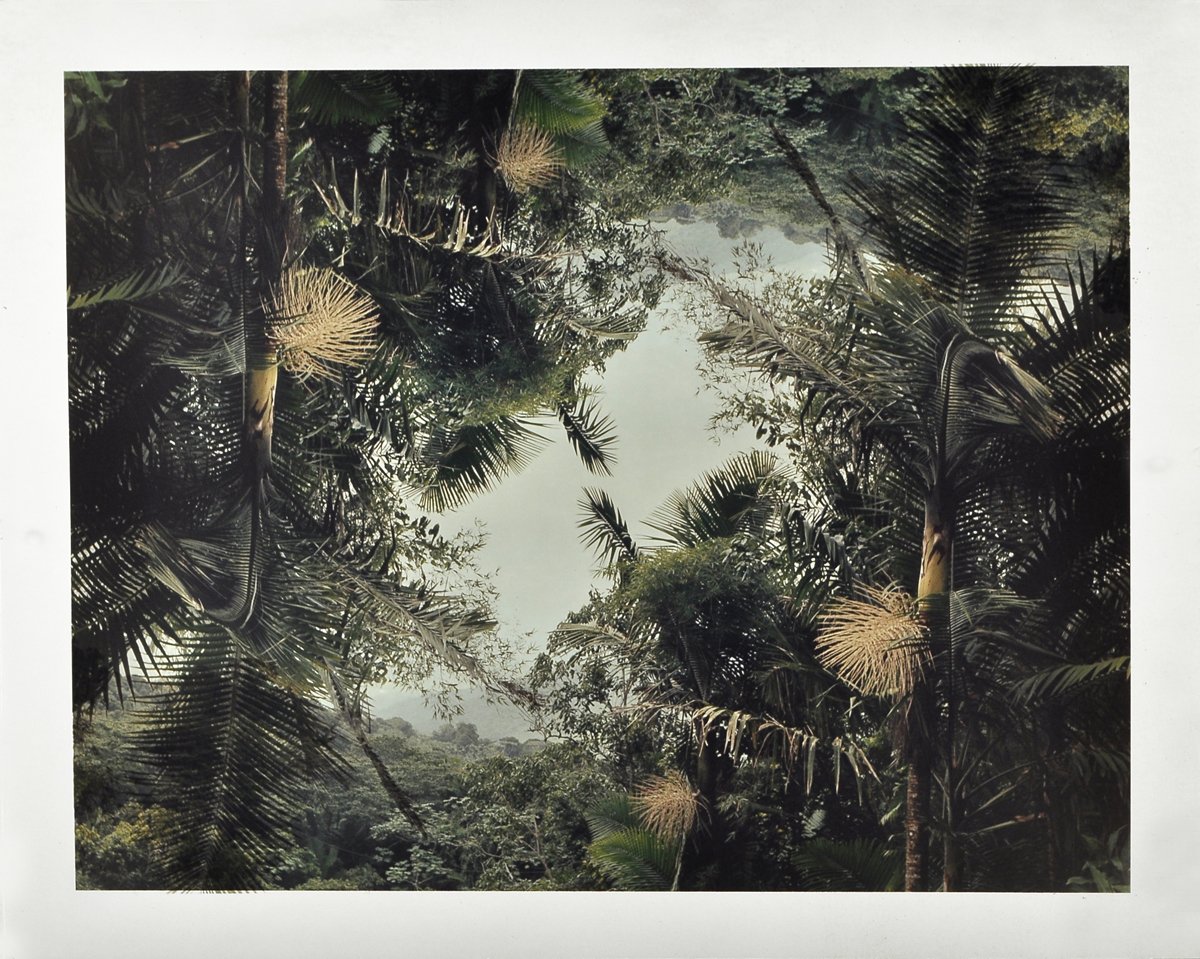

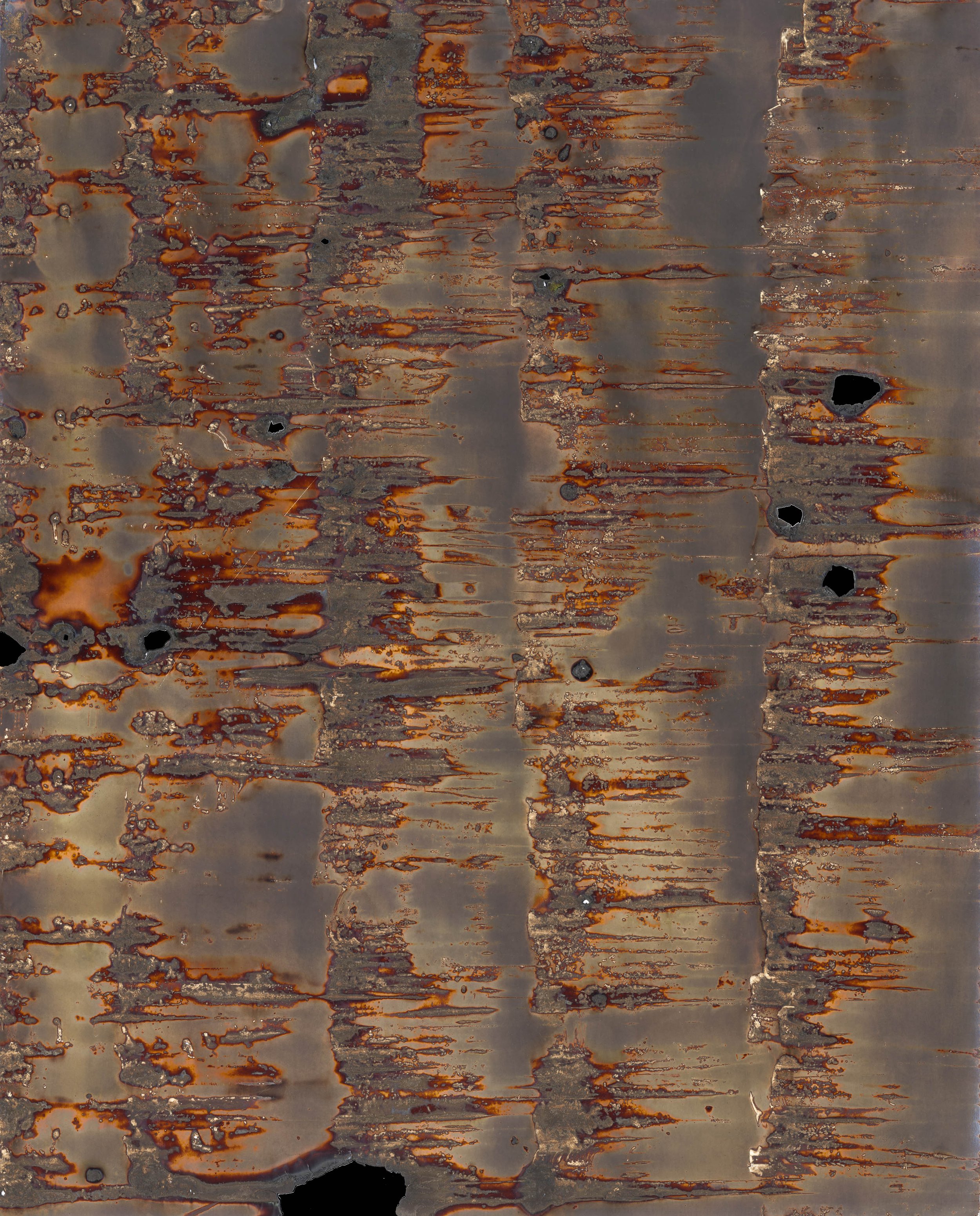
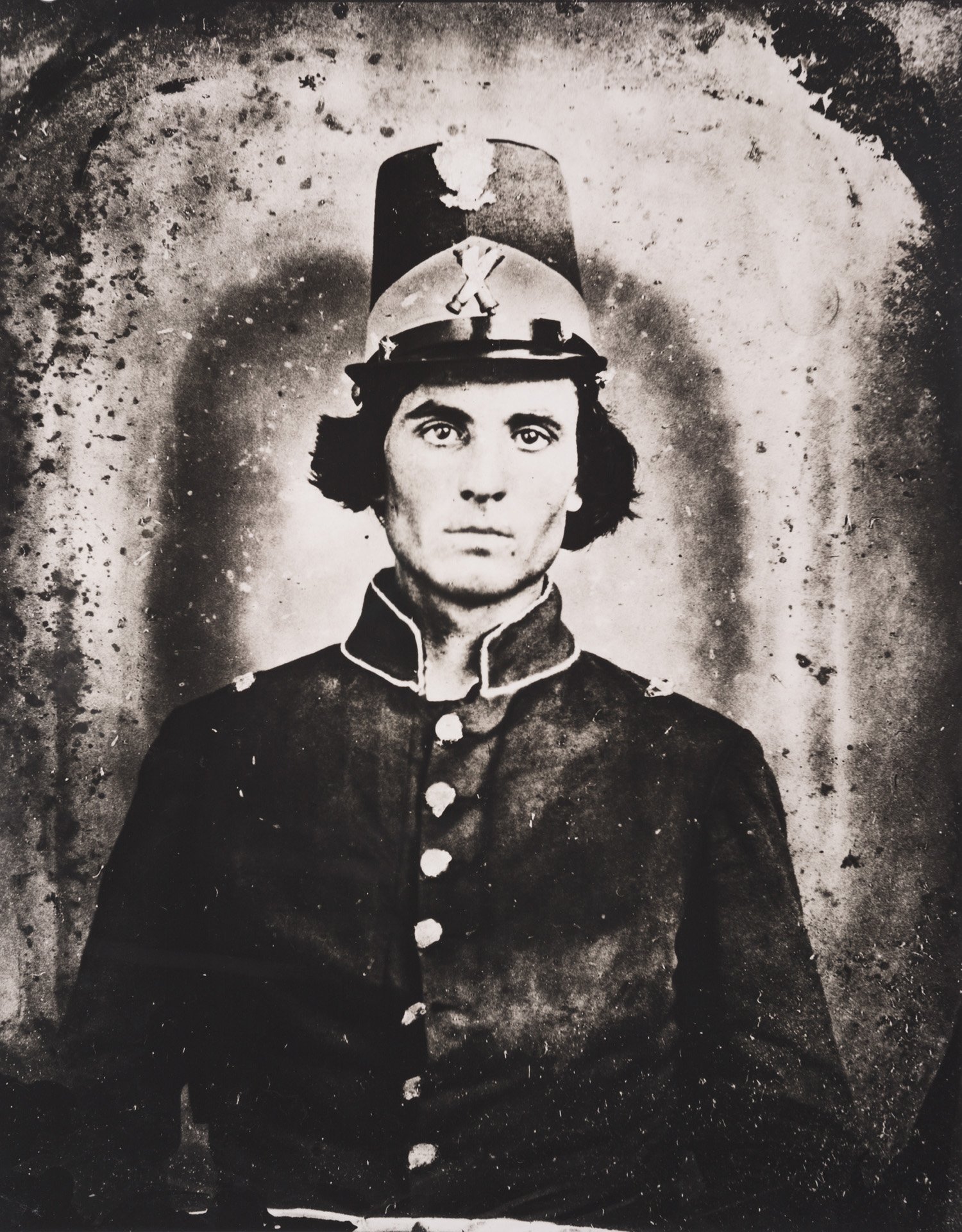
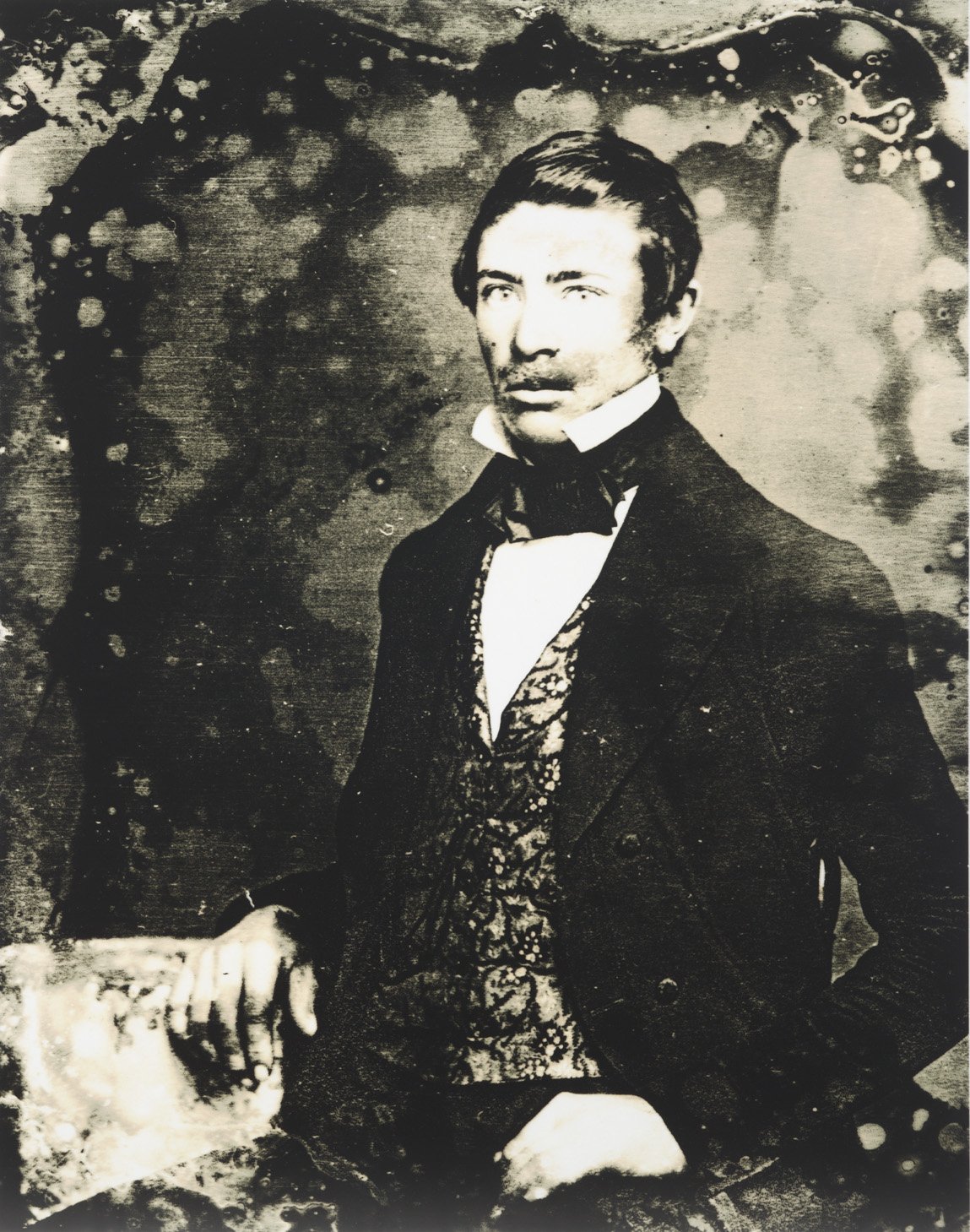
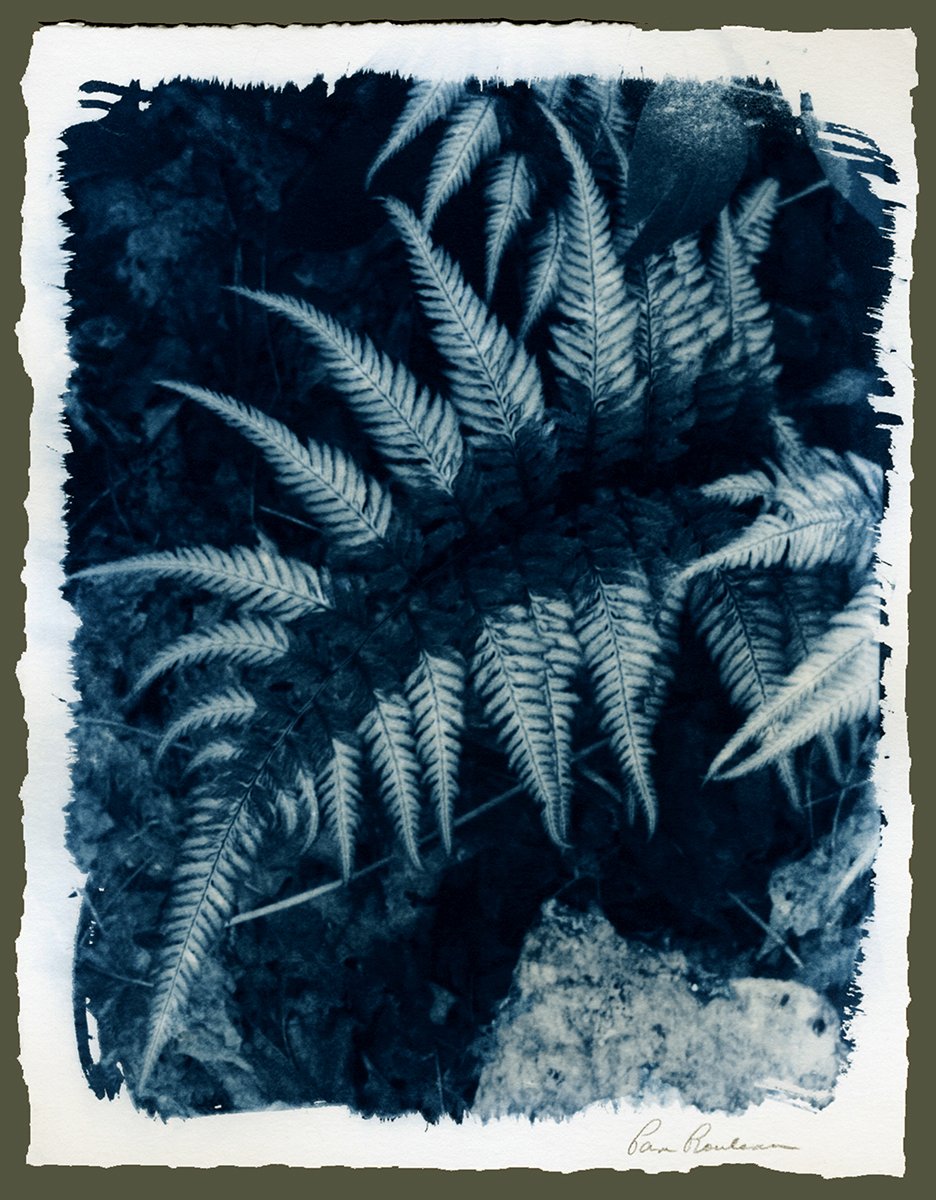
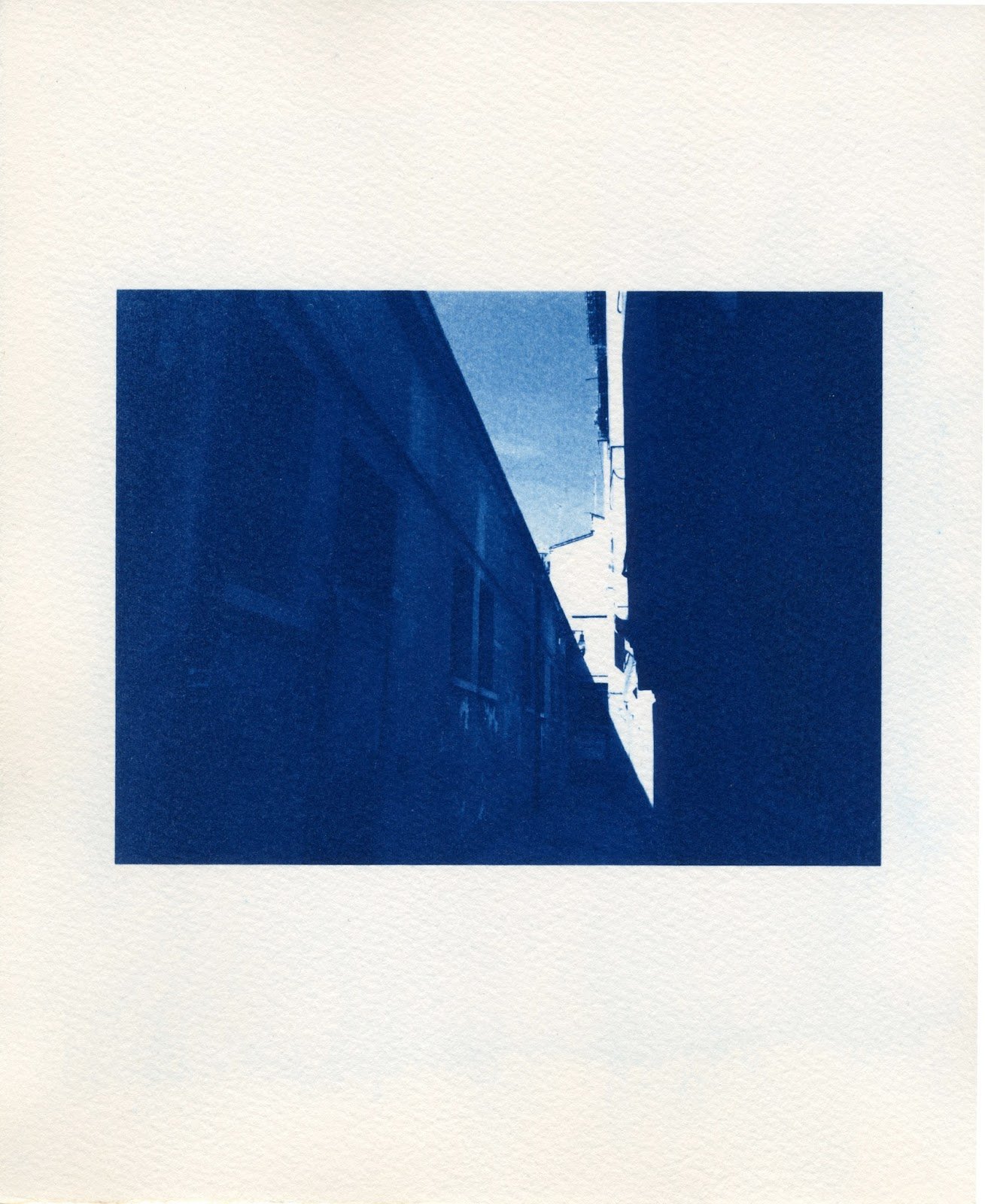
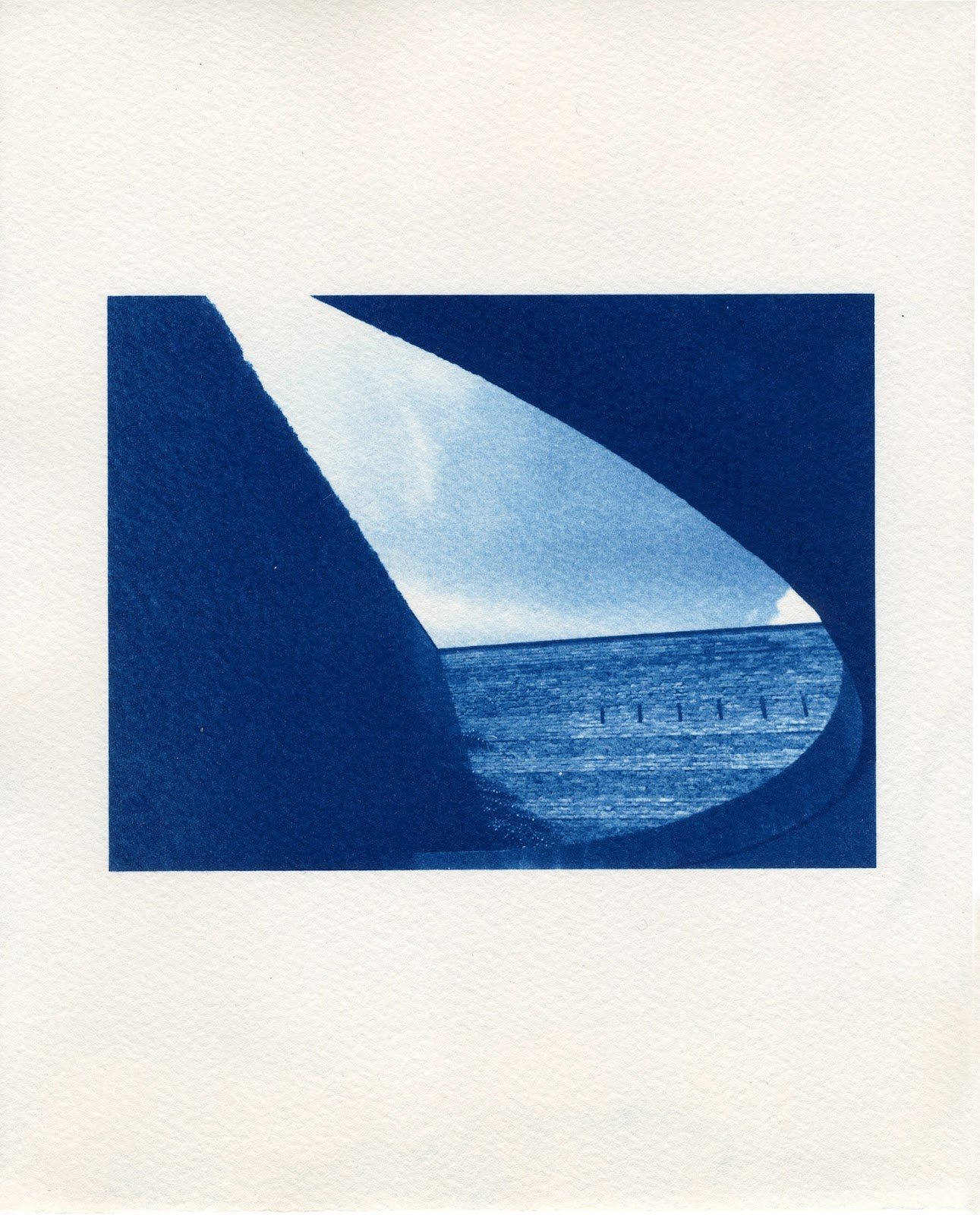
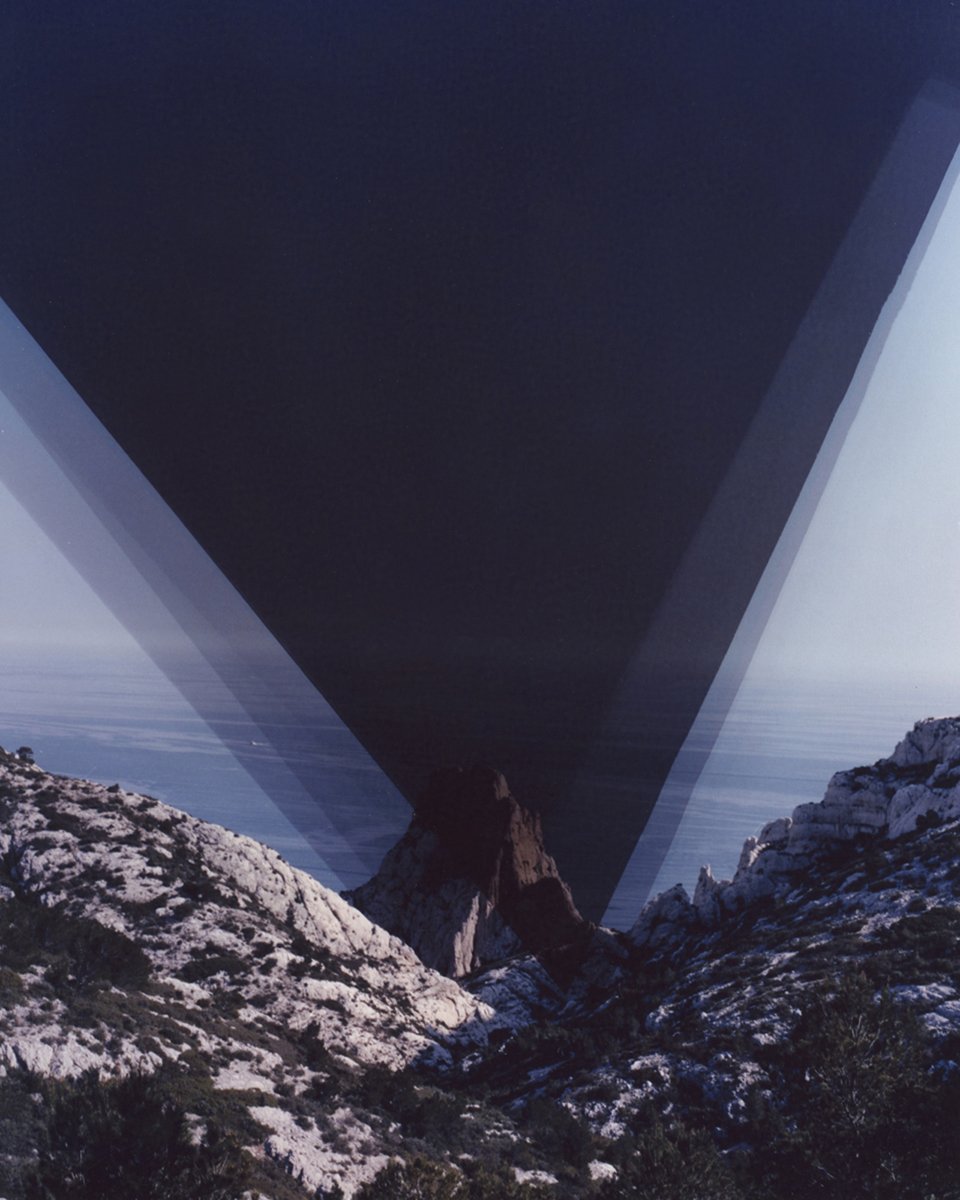
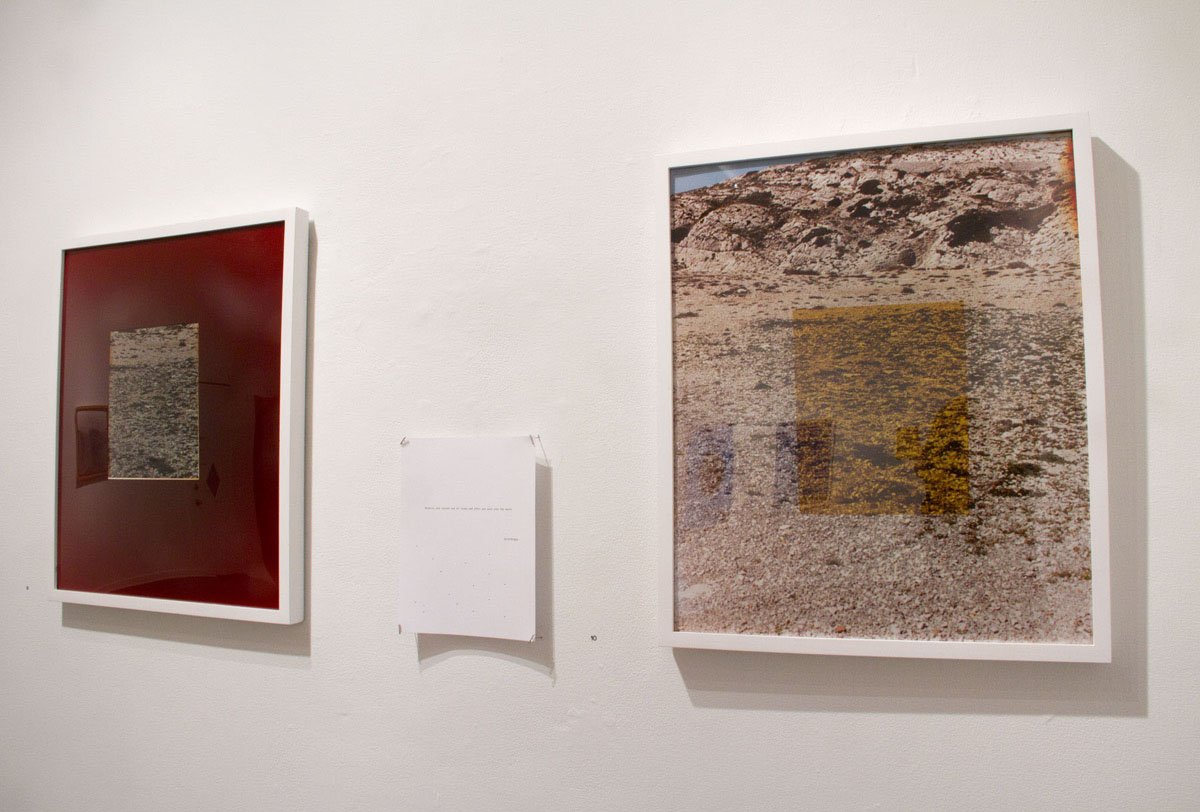
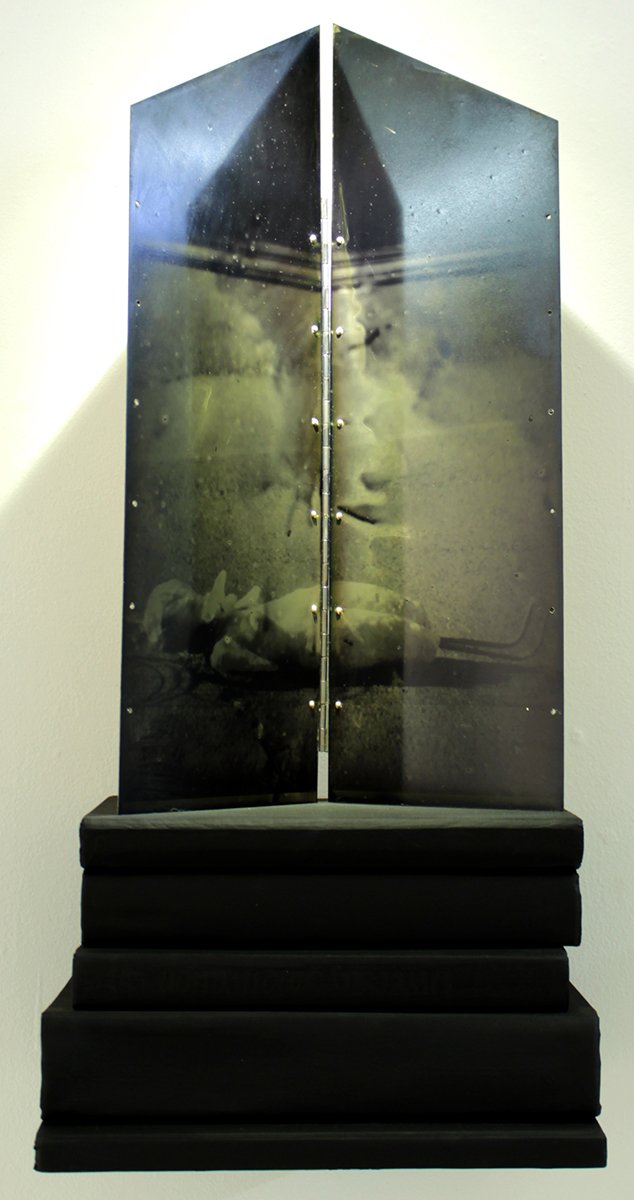
Living Image (2016)
“Living Image” explicitly draws attention to raw photographic technique. The artists here take on the contemporary photographic world in ways digitally based practices do not, or often cannot. With techniques as disparate as cyanotypes, printmaking, photograms, chromogenic prints, or burnt gelatin silver prints, these works ask what a photograph can be today, with processes from the past.
A striking number of these artists utilize abstraction in all or part of their work. Recognizable subject matter is layered with a form or texture that draws our attention to the medium itself. Rachel Guardio, for instance, pierces her colorful mountainous horizon with a jagged, blue form. A constellation of white points scatters across Amanda Tinker’s dark, inverted, image of a young man’s back. Architectural scenes compress into slivers of legibility in work by Serena Perrone. And when Hans Gindlesberger’s faces emerge from wrinkled, blue paper, we ask not only about the subjects, but also how they are made. These choices stand in contrast to the ubiquitous, often flawless photographs which surround us daily.
The ragged edges and expressionistic surfaces shown here reveal the craft in their materials, in the highest sense of the word. The darkroom, or light based processes convey subject matter and form as well as materiality. Formal portraits stare out through layers of deterioration and texture in Nicholas Fedak II’s transparencies. A light leak becomes the graphic subject of Kate Copeland’s conceptual artist’s book. Chadric Devin and Mike Hoover make unique works which do not, at first glance, even appear to be photographic. They transform their photographs with printmaking, twine, and metallic burning patterns.
The representational images woven throughout this selection aim to ground the other choices. I chose exquisite examples of gelatin silver prints, cyanotypes, and palladium prints by Felix Bernier, Pam Rouleau, Huang Lucang, and Martin Frank. As I sequenced groups of imagery, I created a rhythm from the more “straight” photographs to the hardly visible, such as John Steck’s disappearing prints, and back again.
The artists here help retain the broadest sense of photography by using techniques developed across more than one-hundred and fifty years of photographic history. Sage Lewis brings the antique practice of tin-types to the contemporary audience with her ethereal, folded forms. Her luminous black-and-white diptychs evoke creased paper or fabric, doubly drawing attention to surface. Extending the use of these techniques to the present allows viewers to reconnect photography to the beauty of the “hand-made” from which it has become disassociated.
-Chandra Glick
